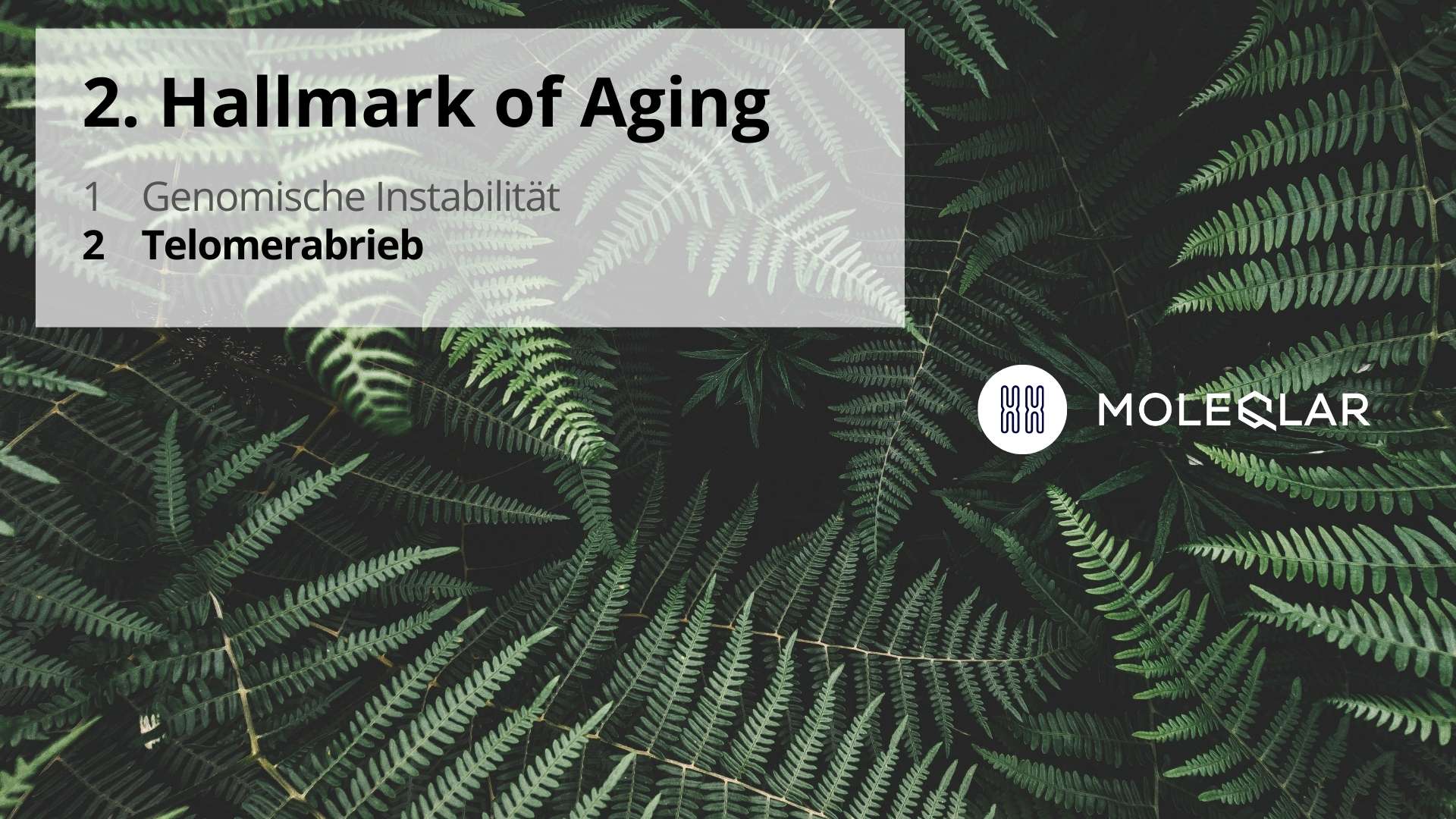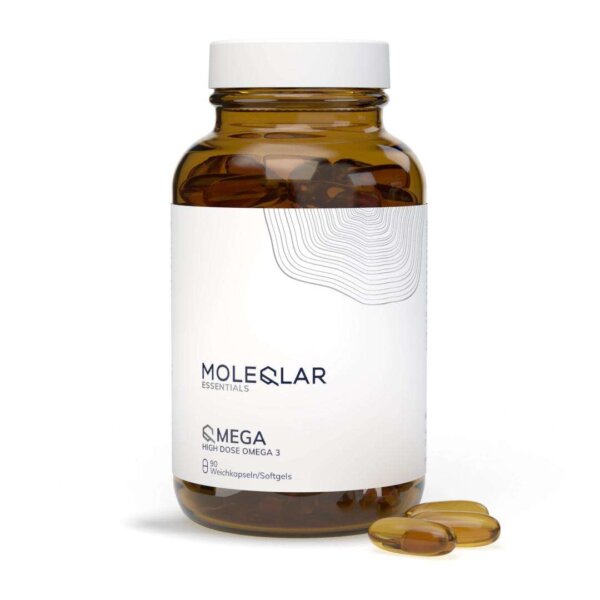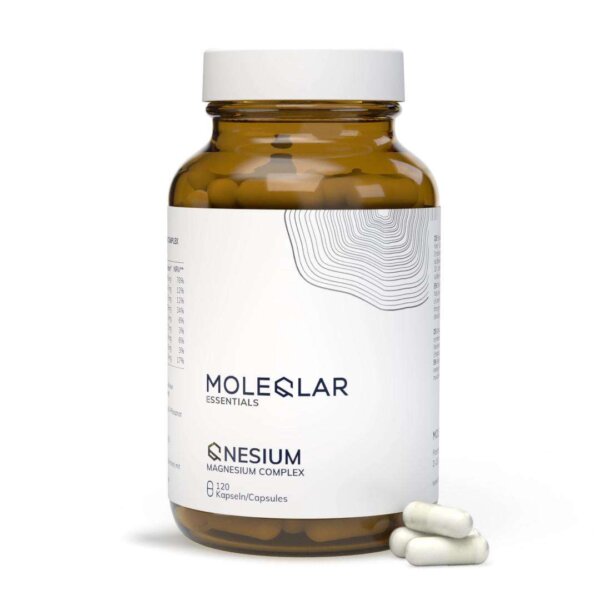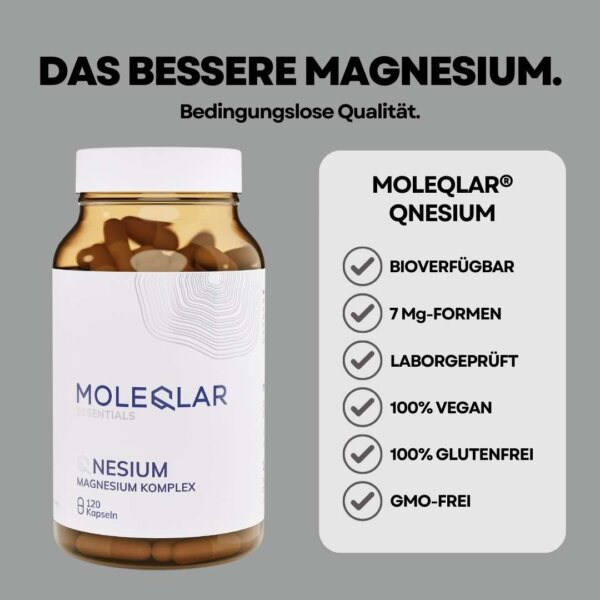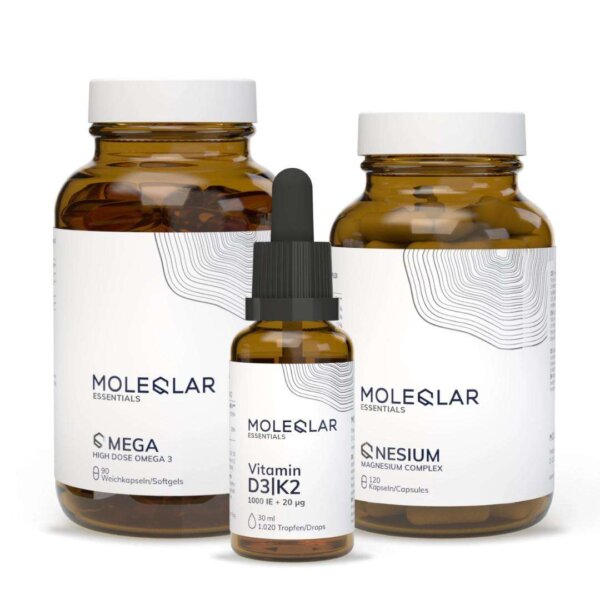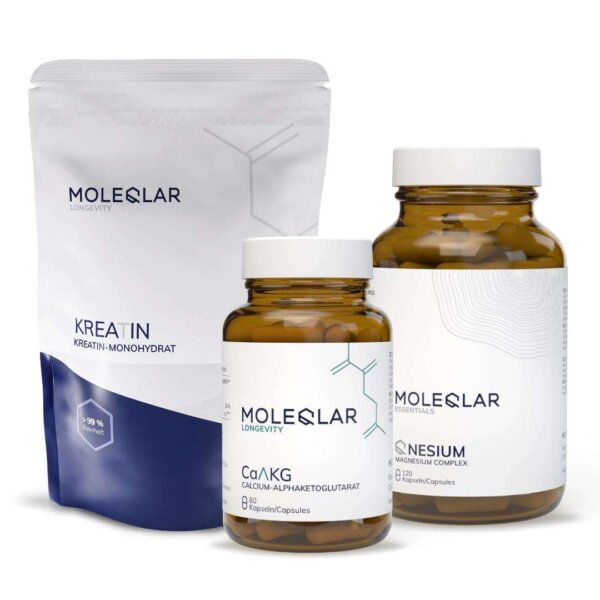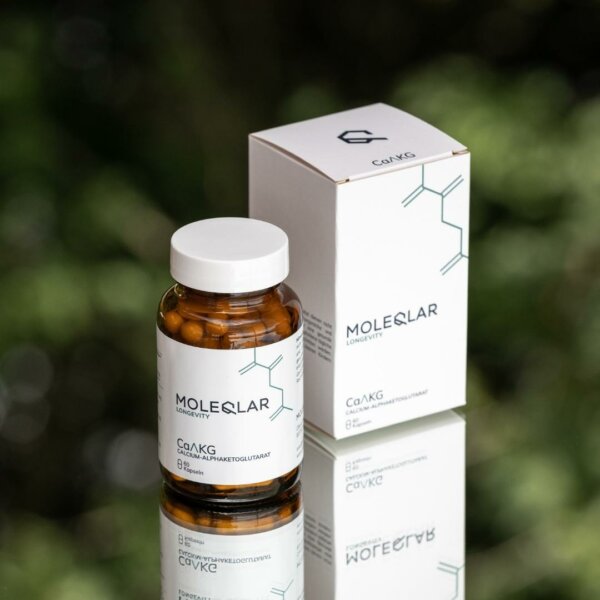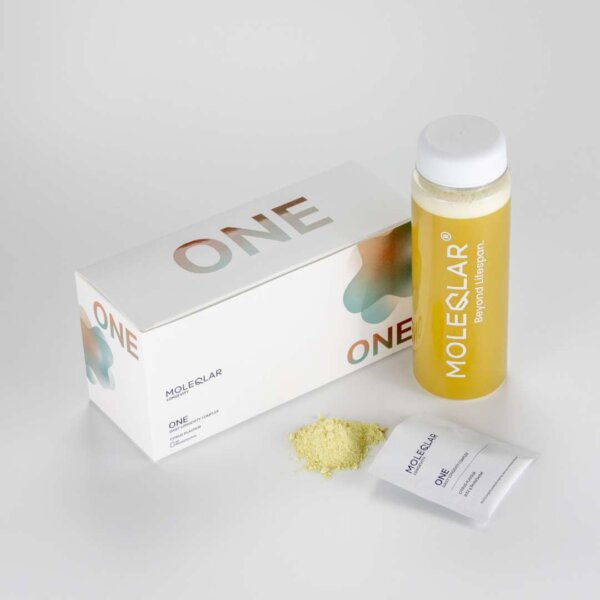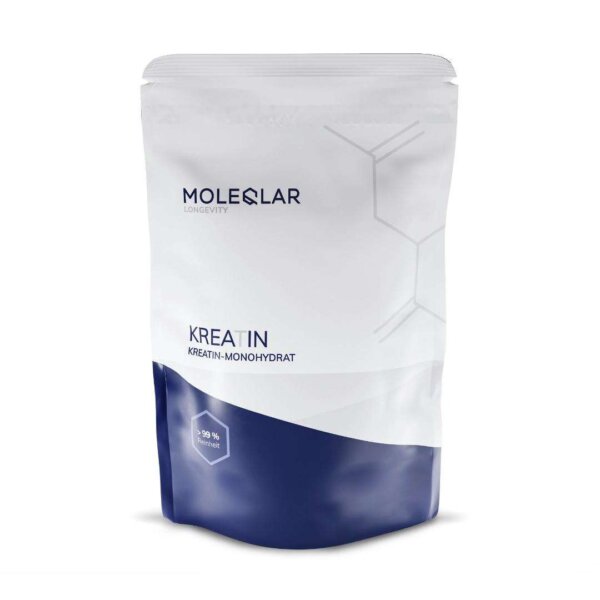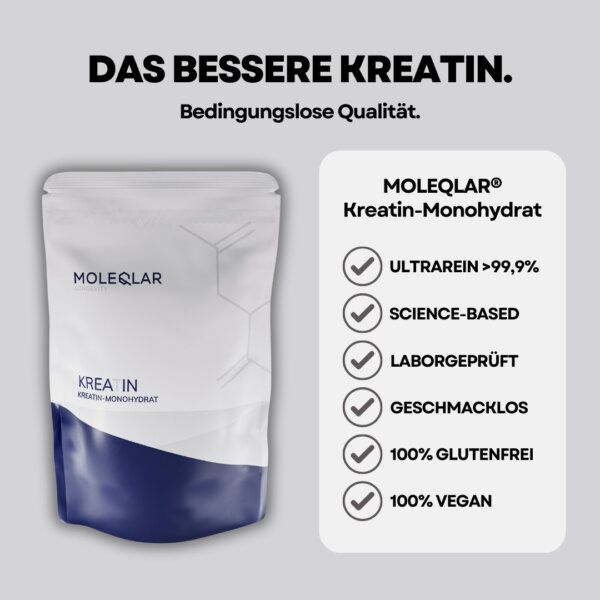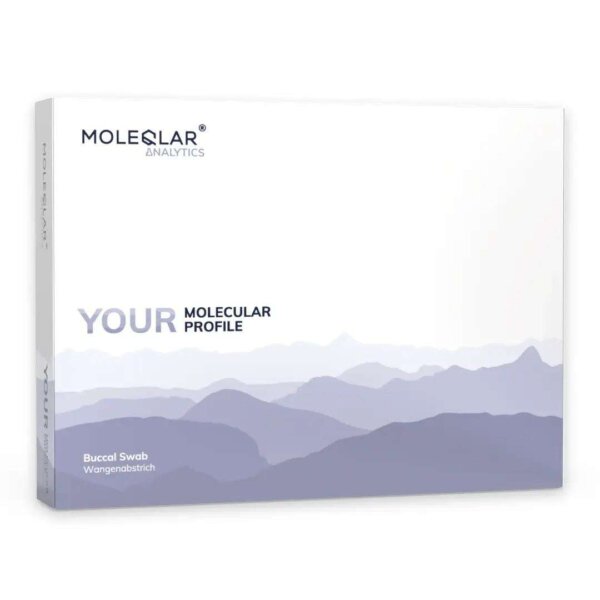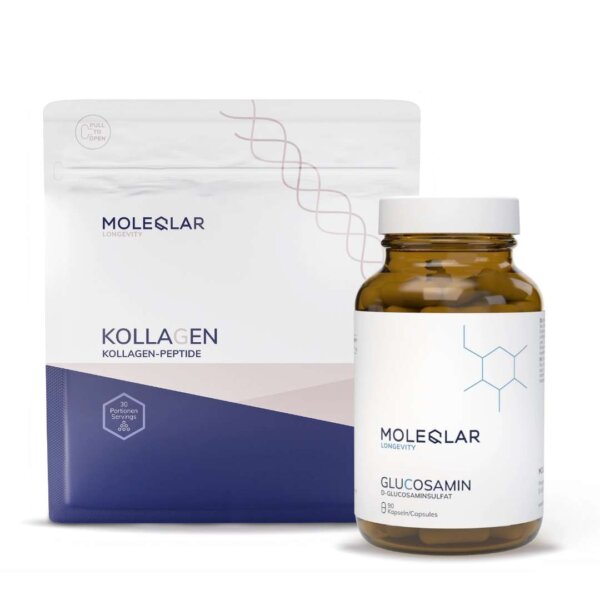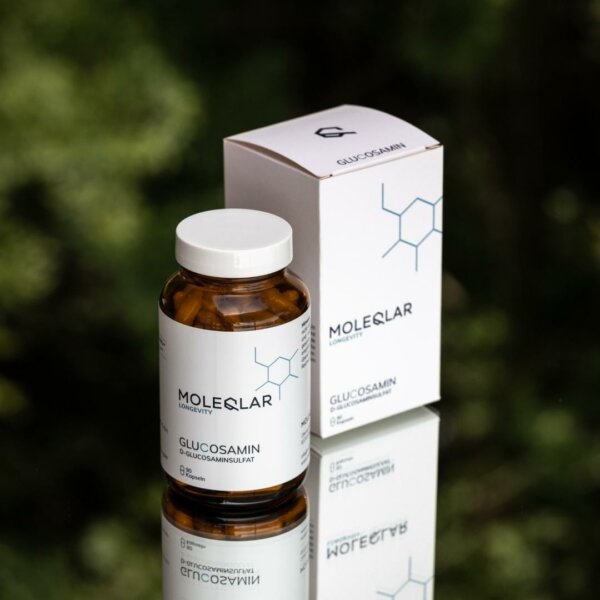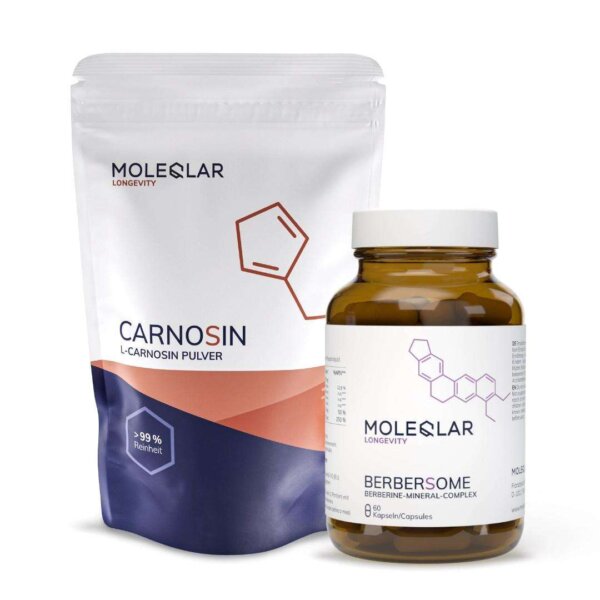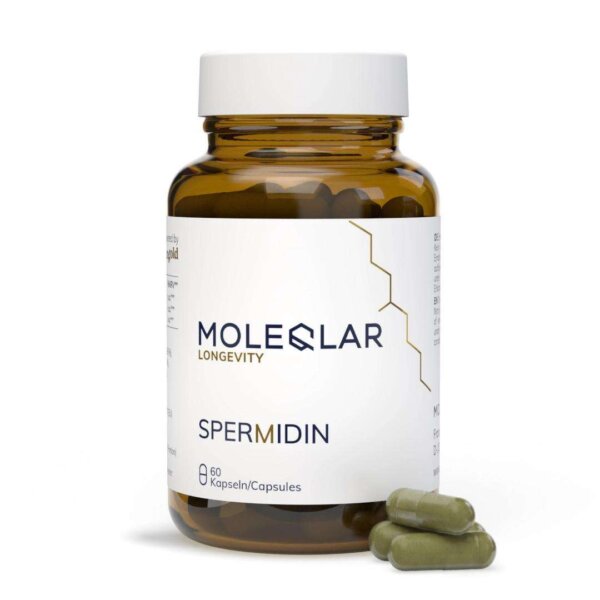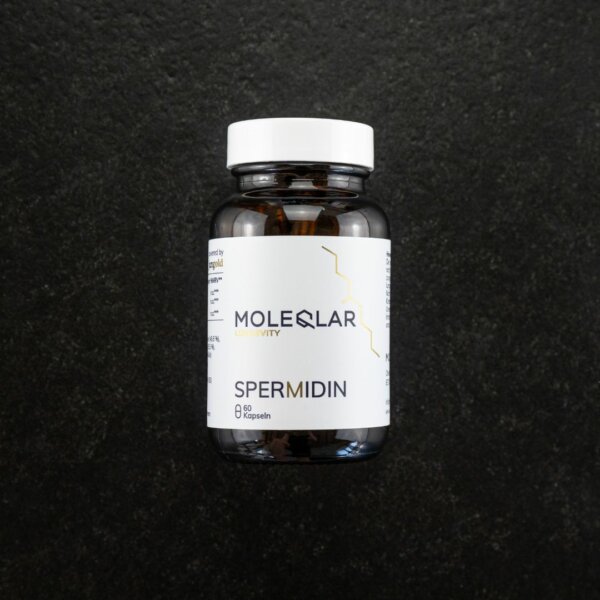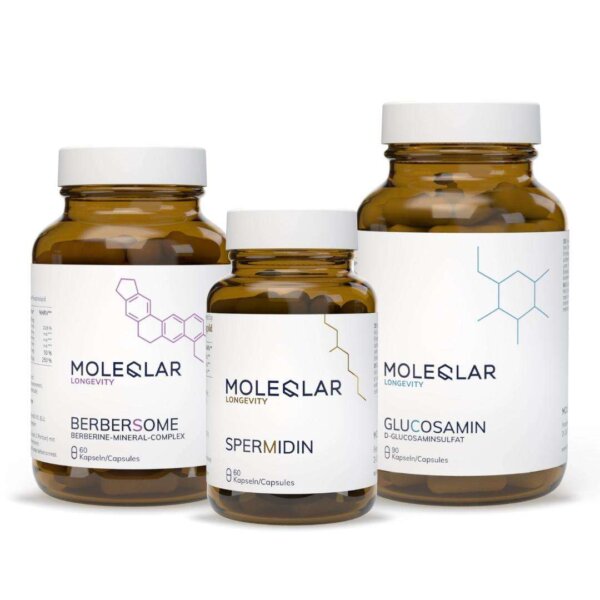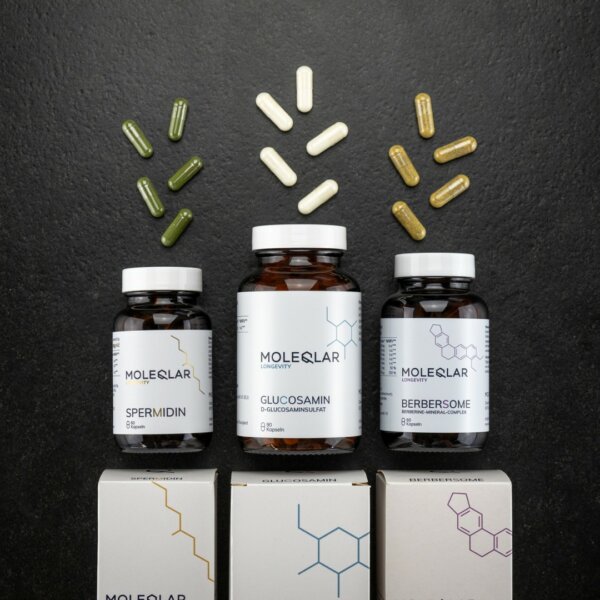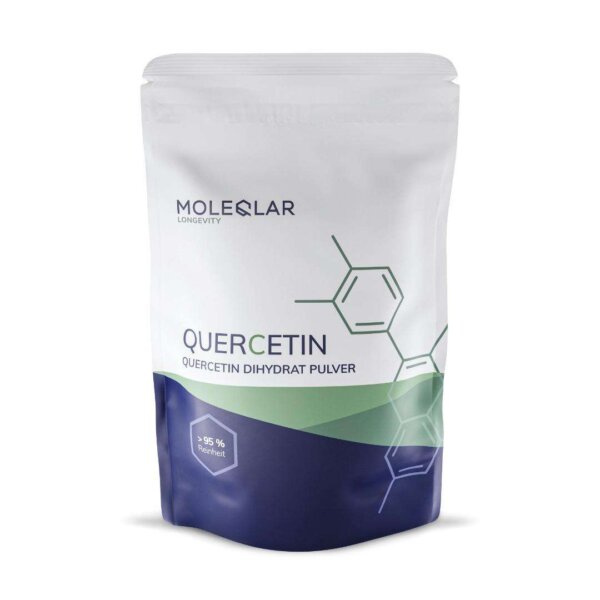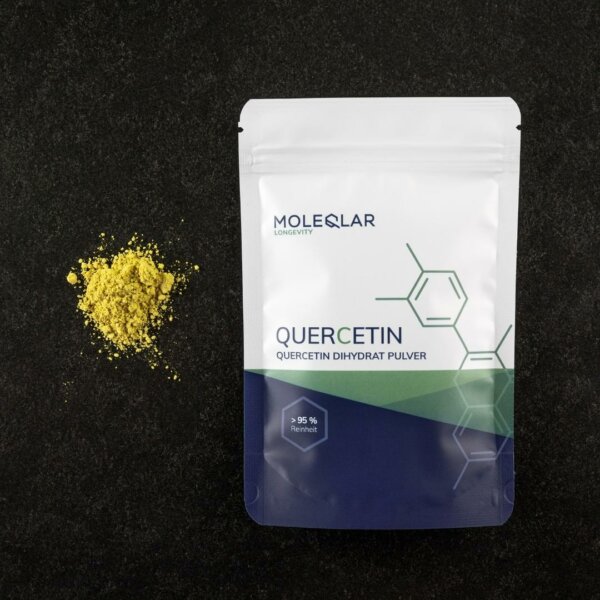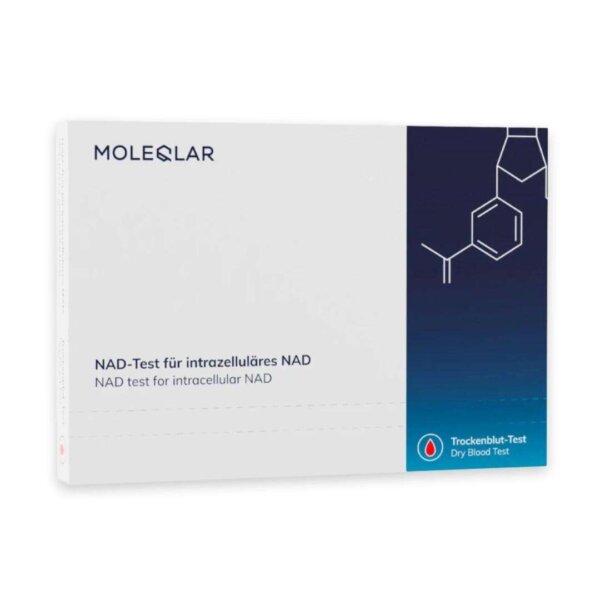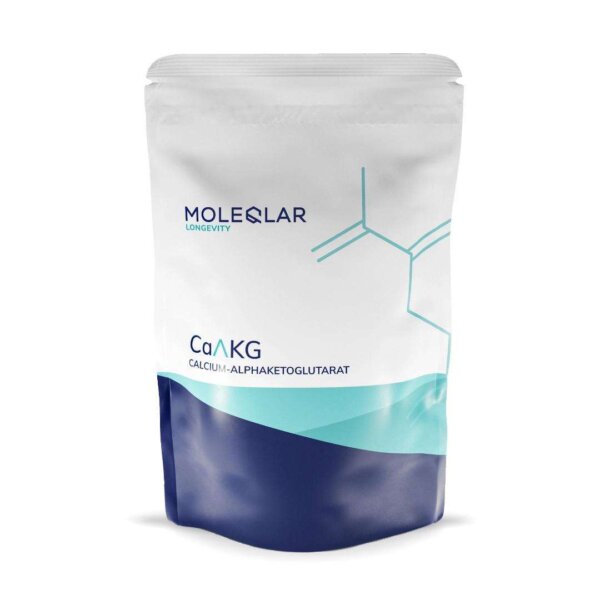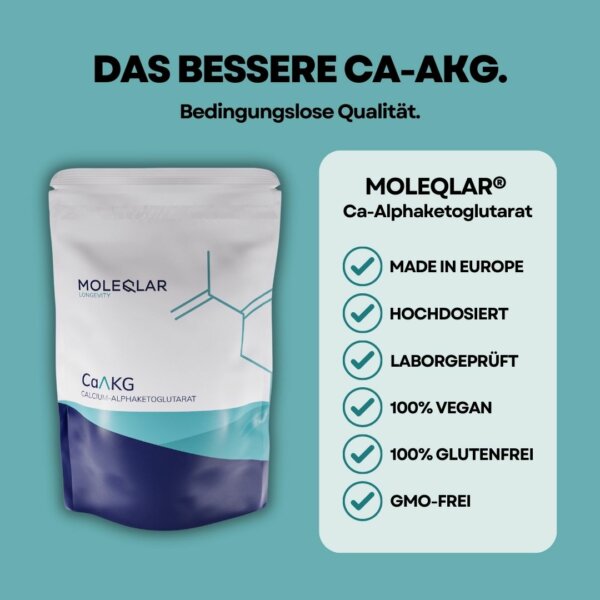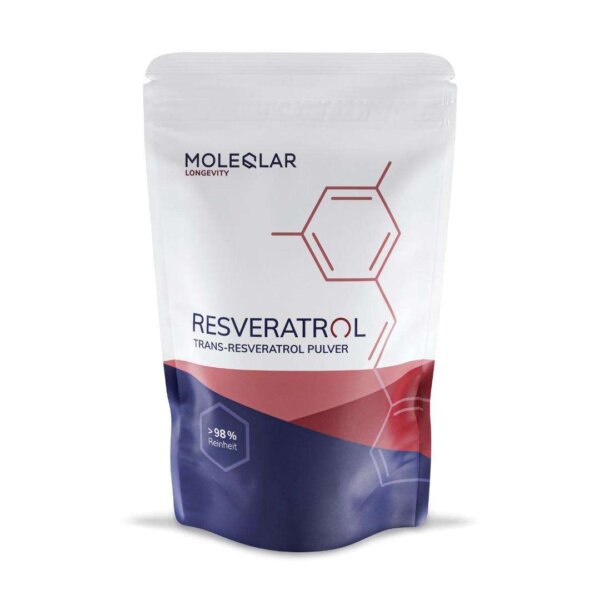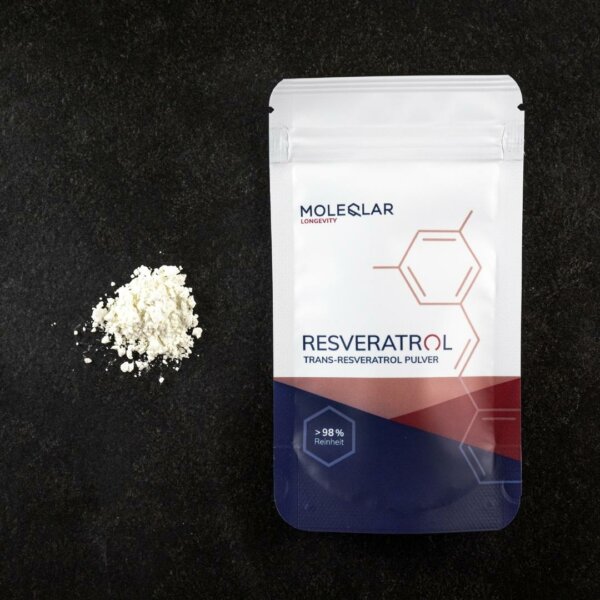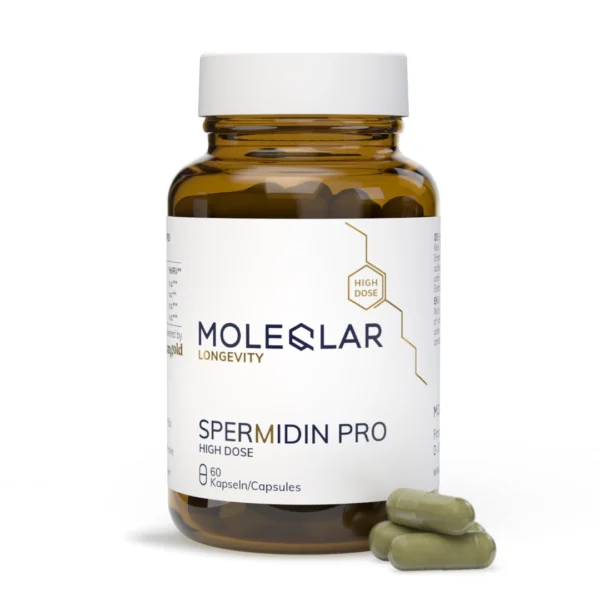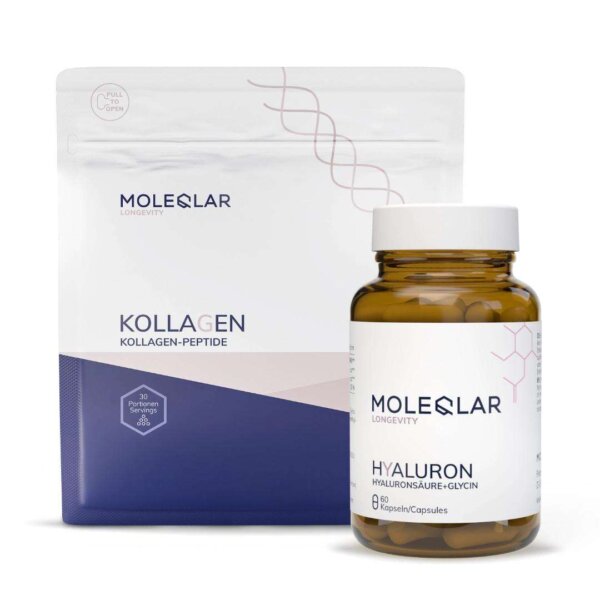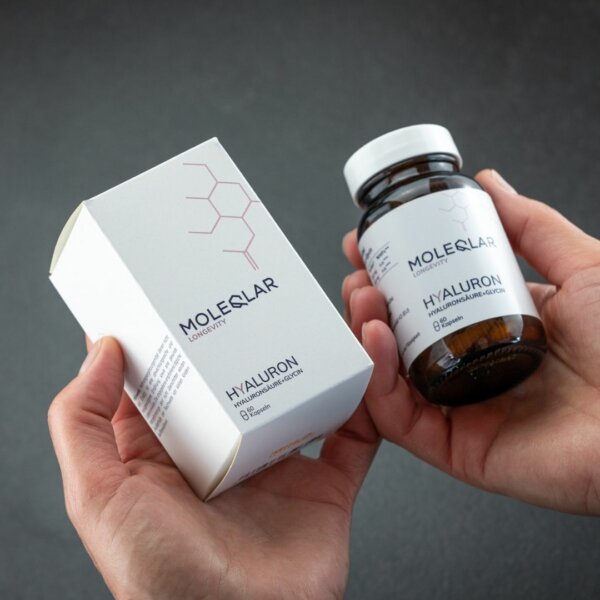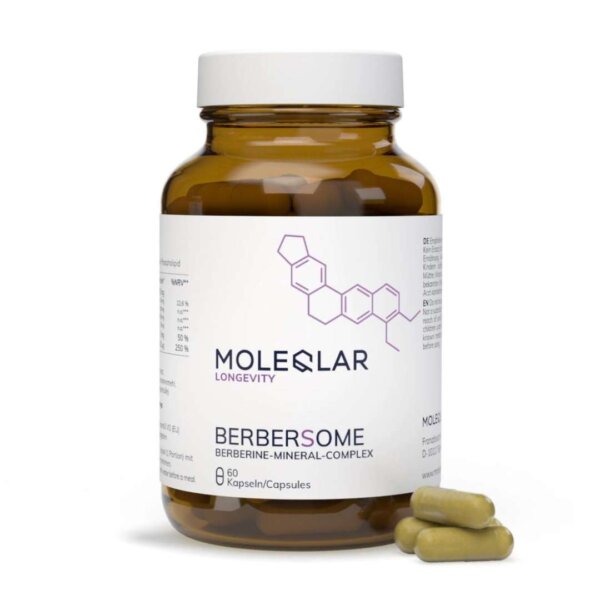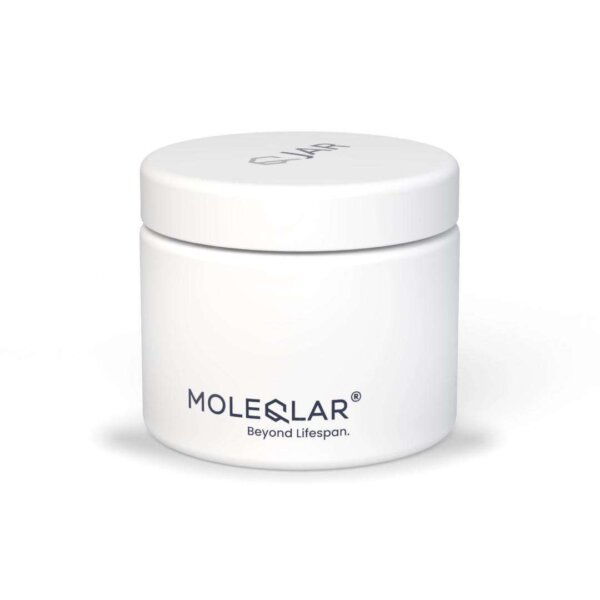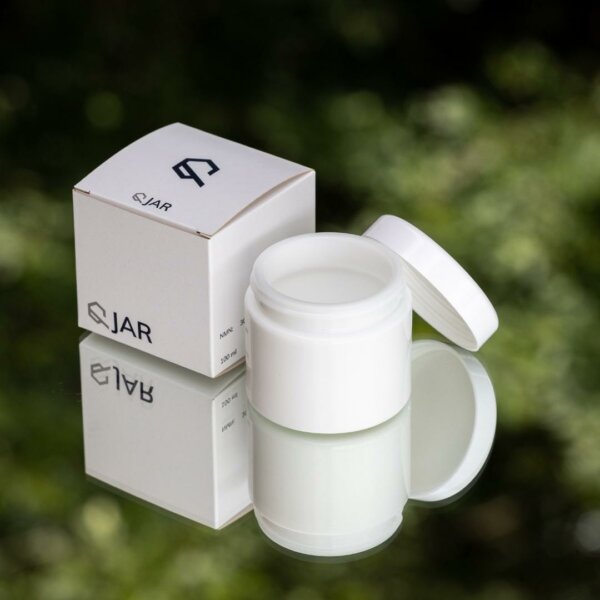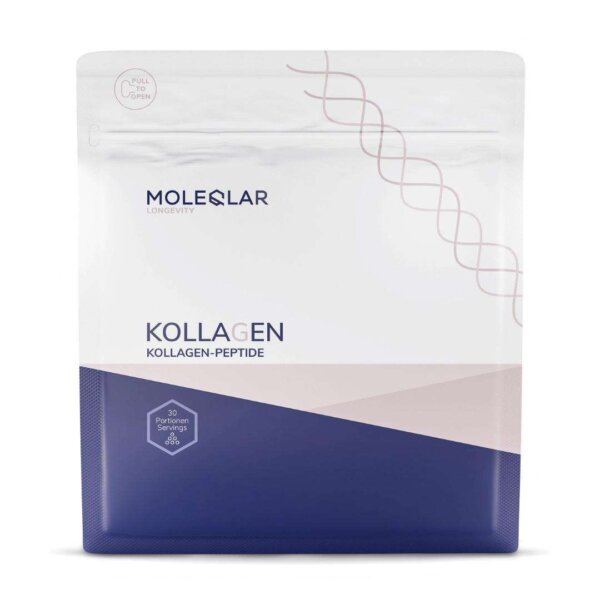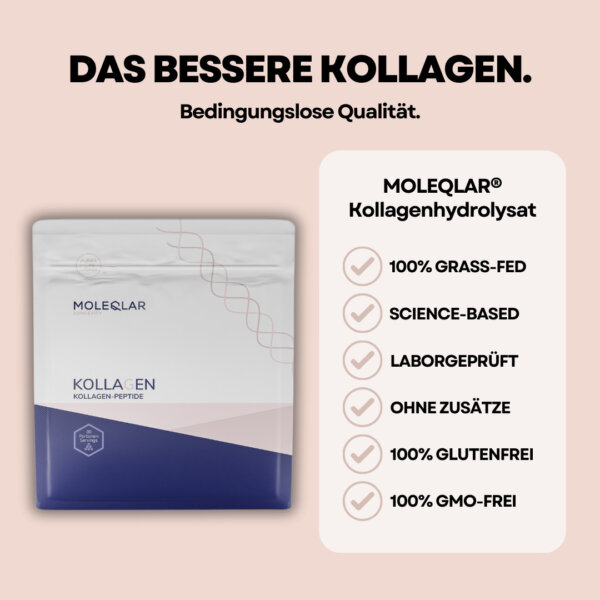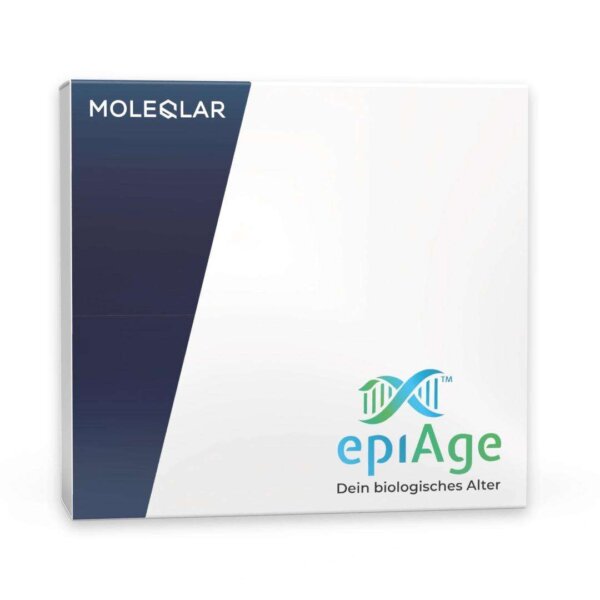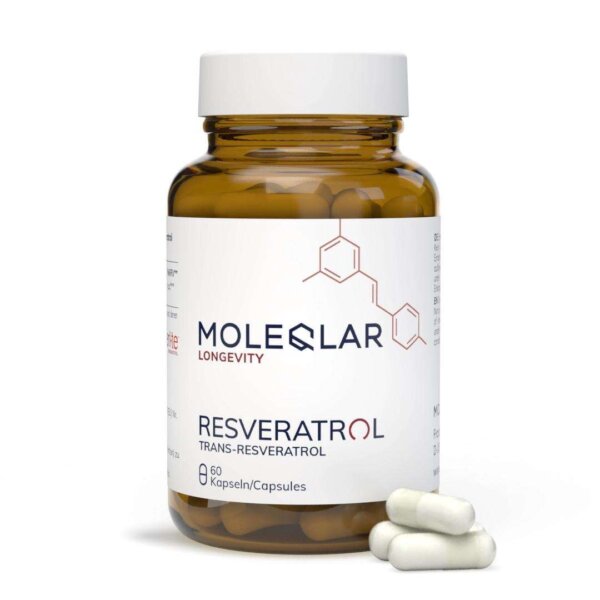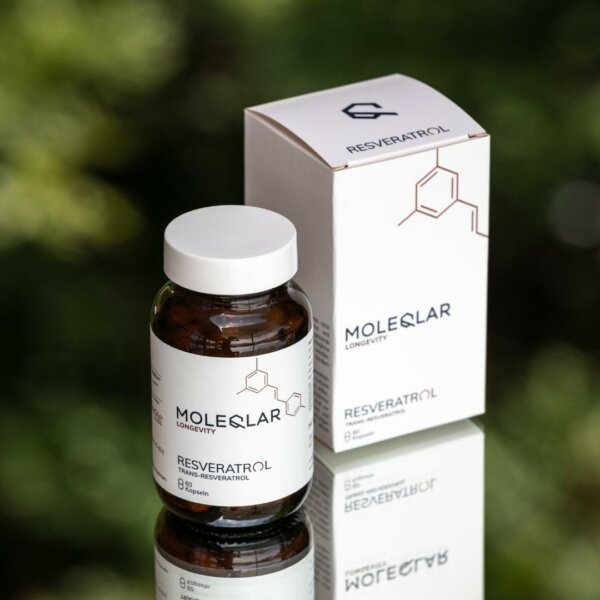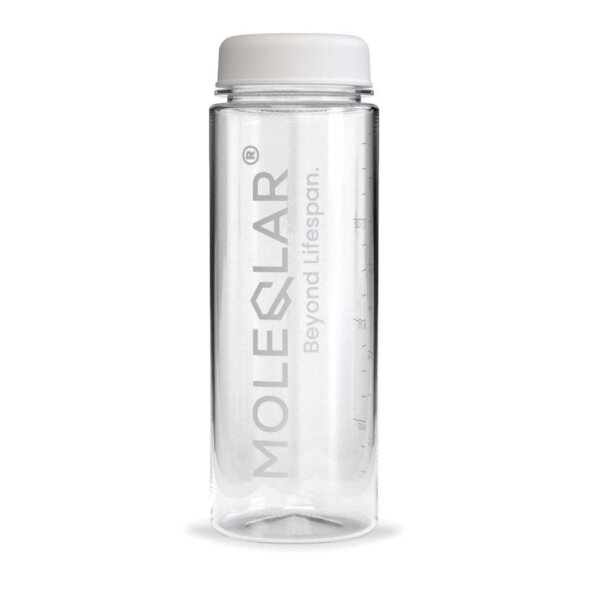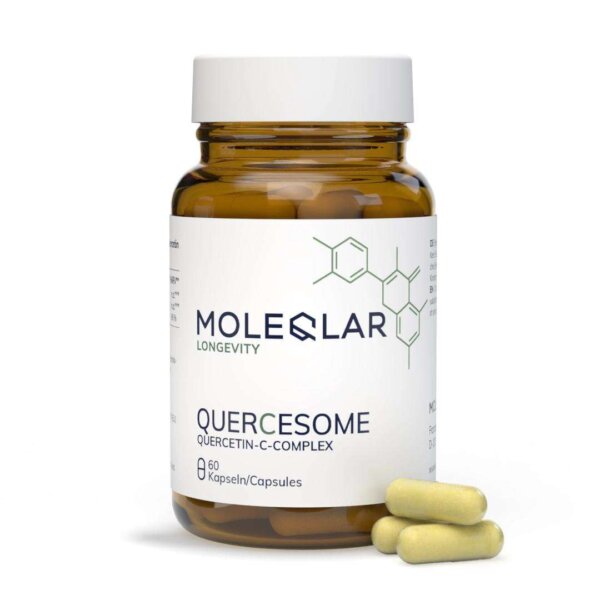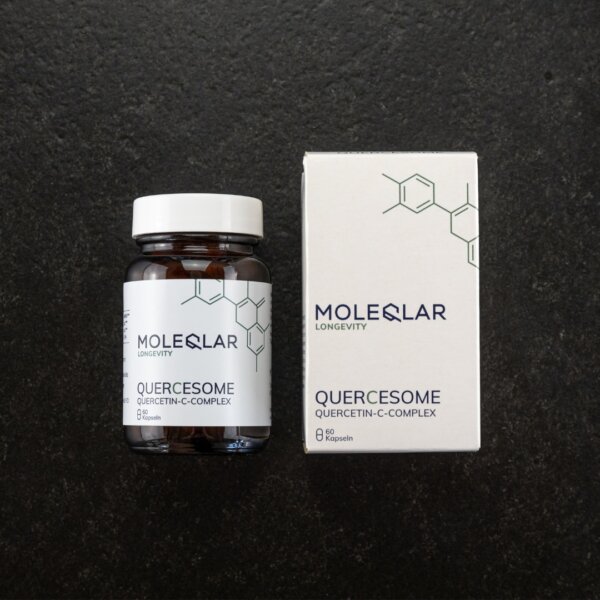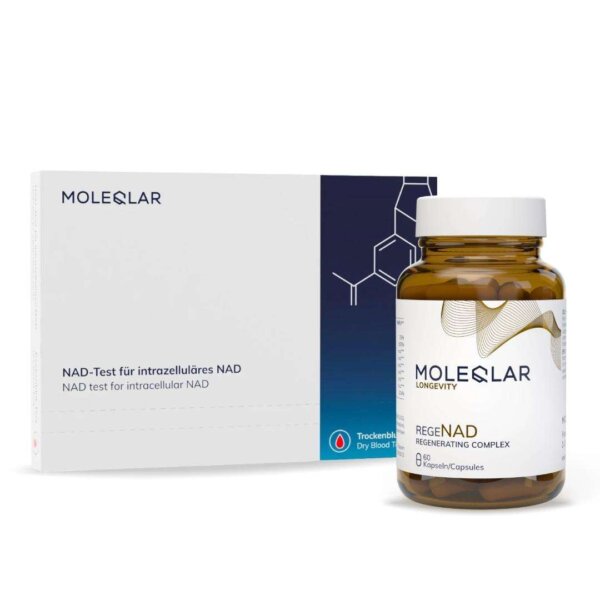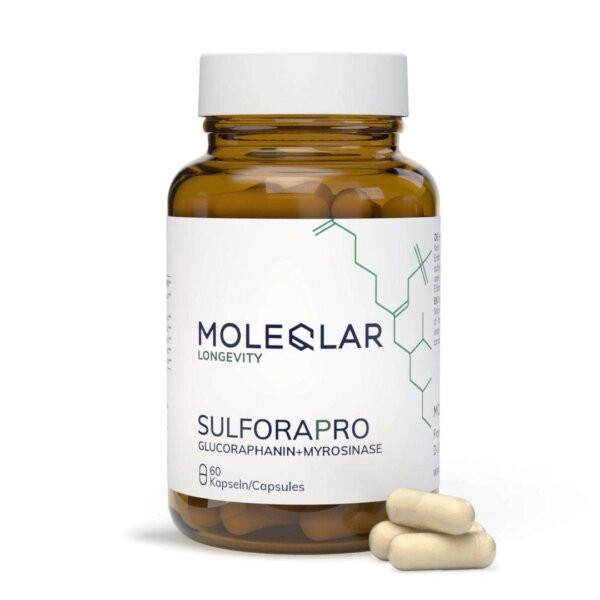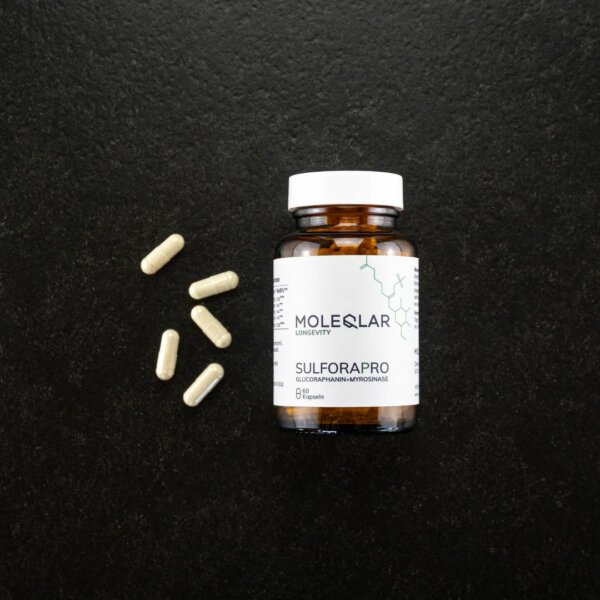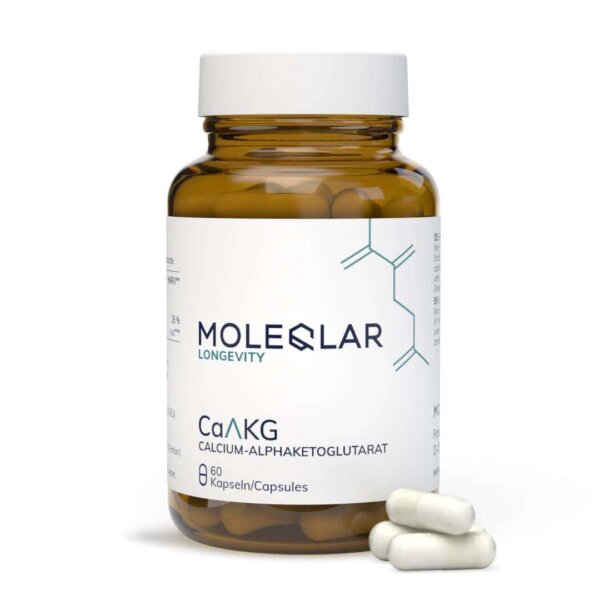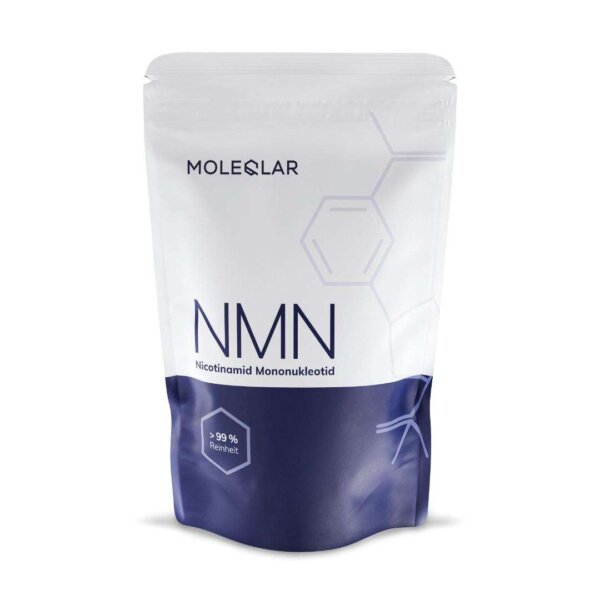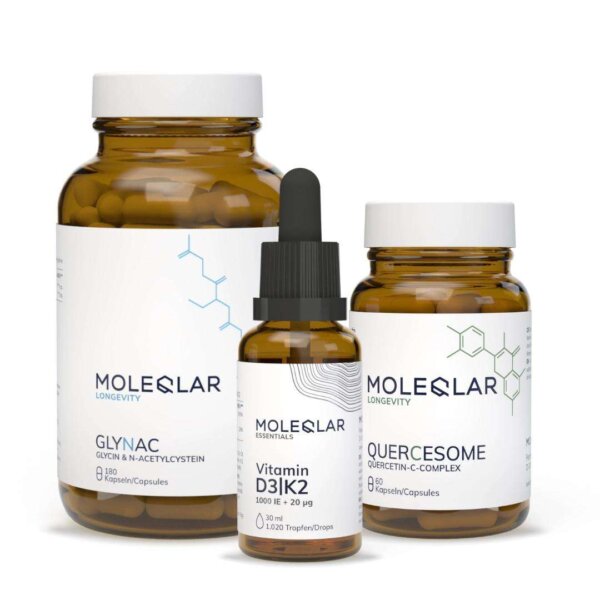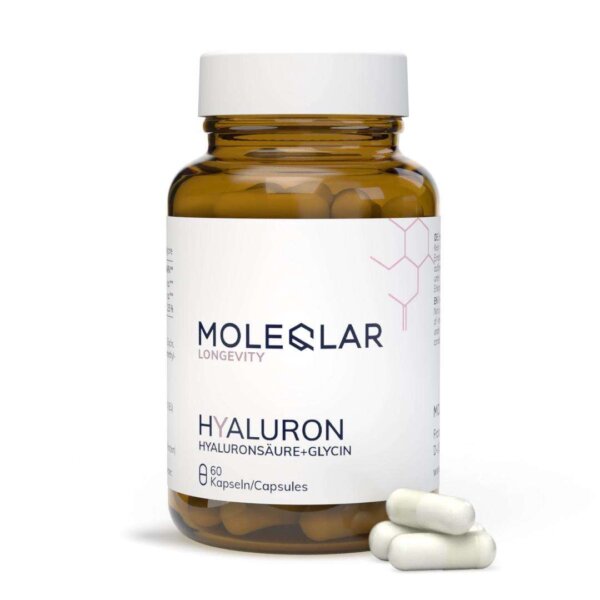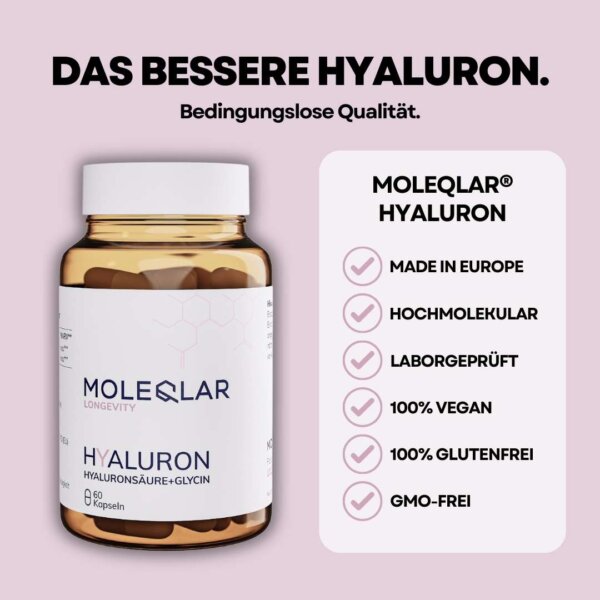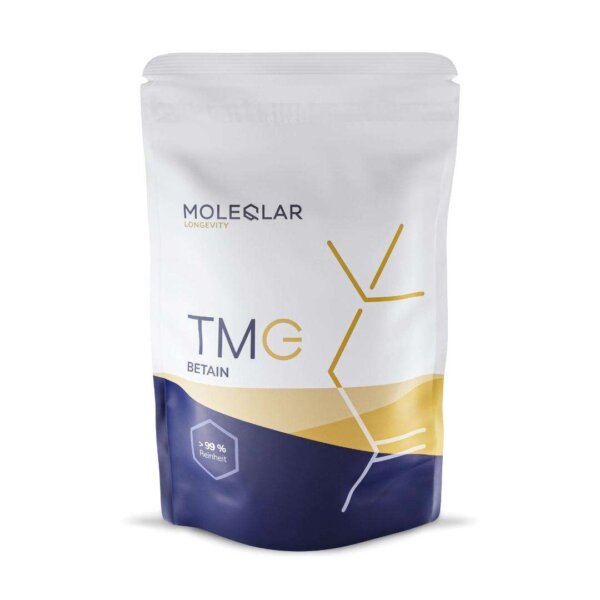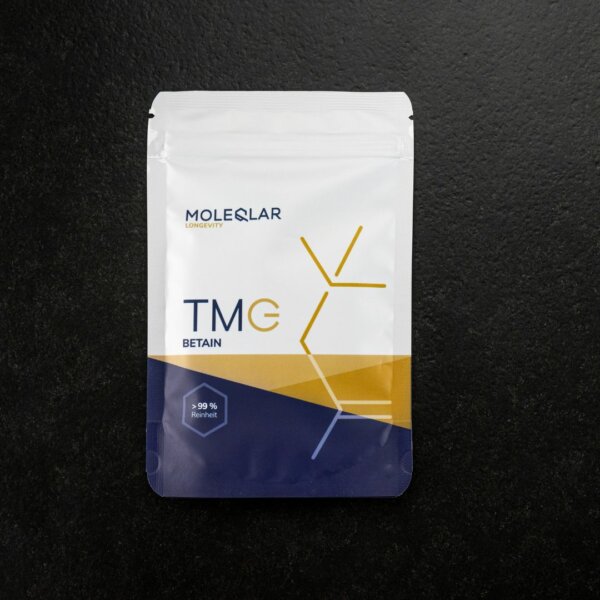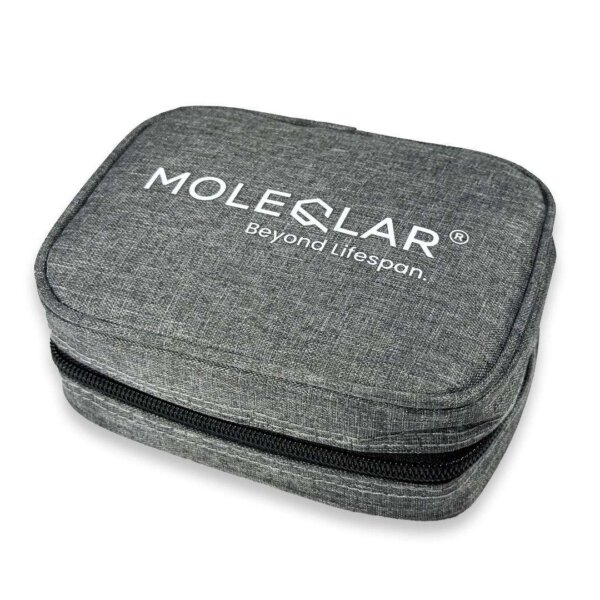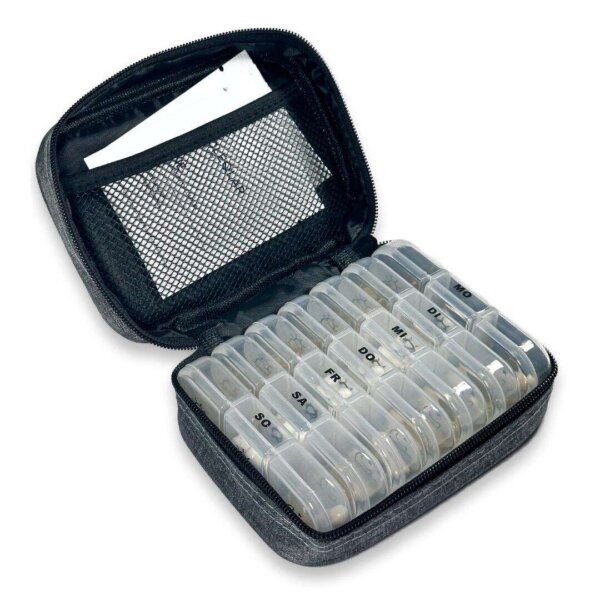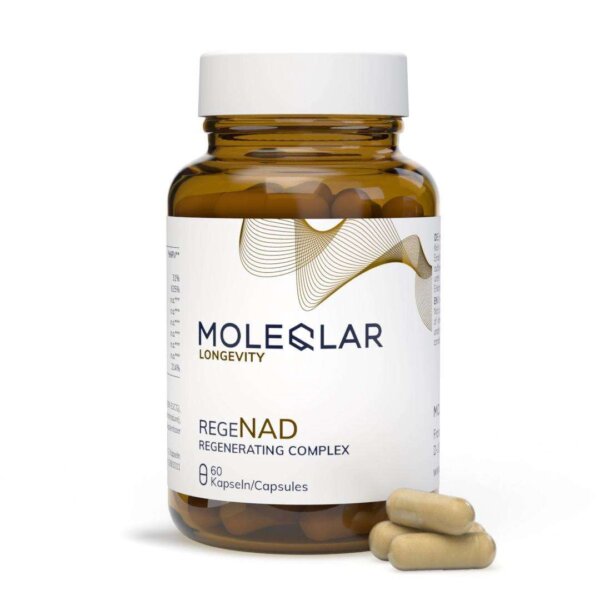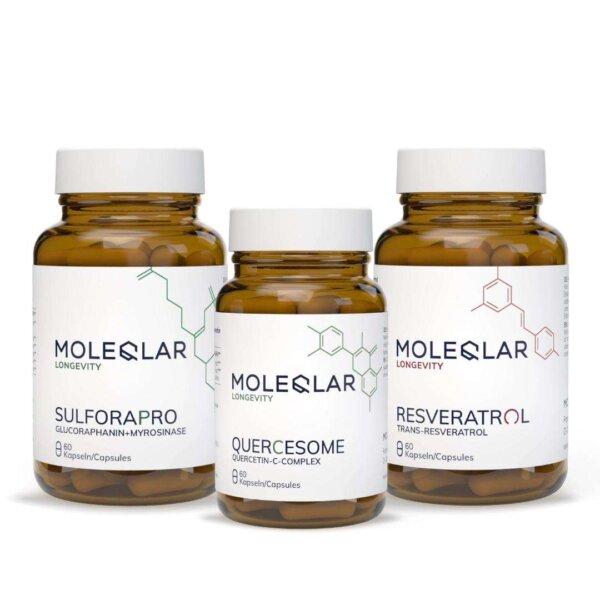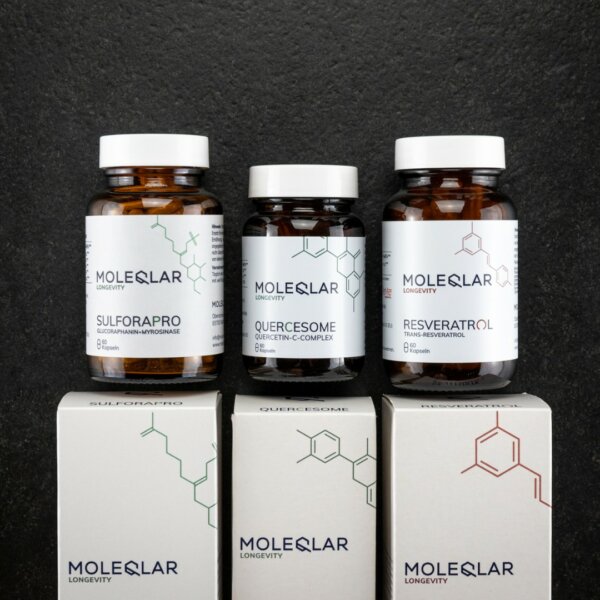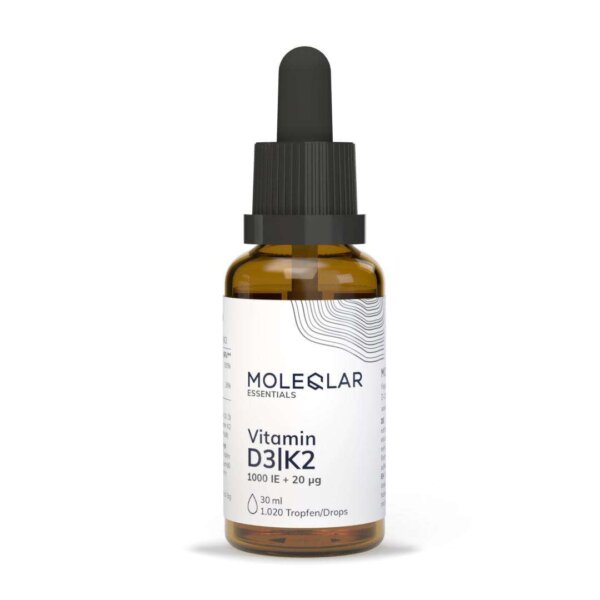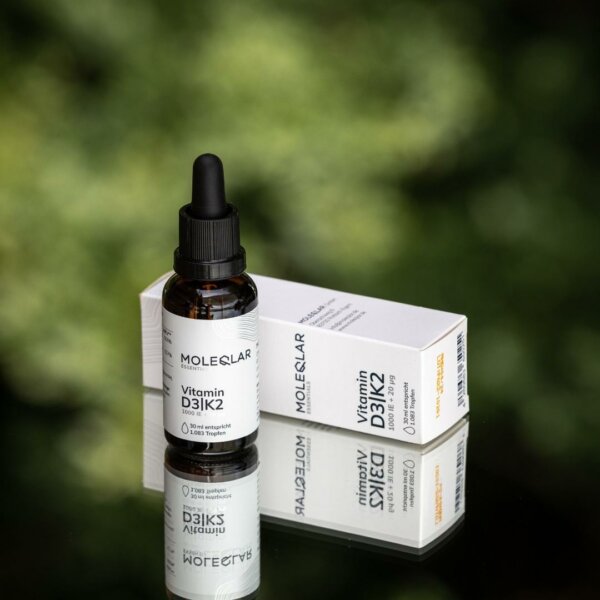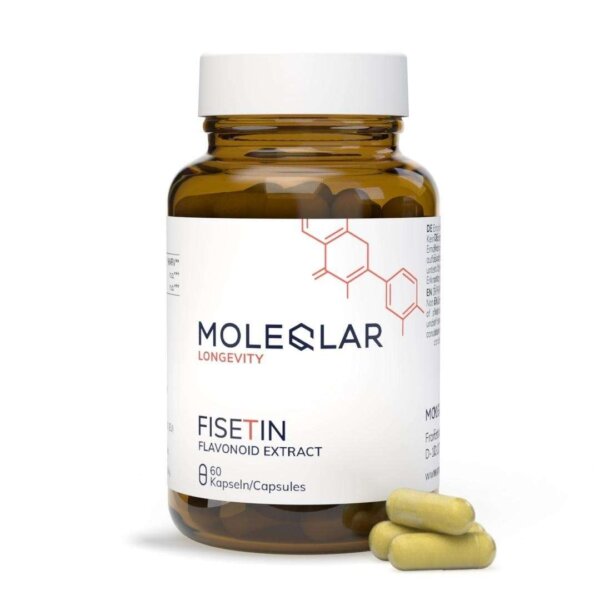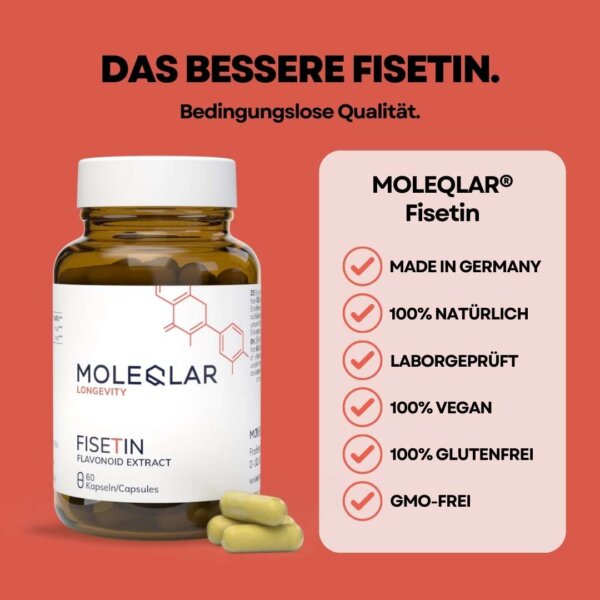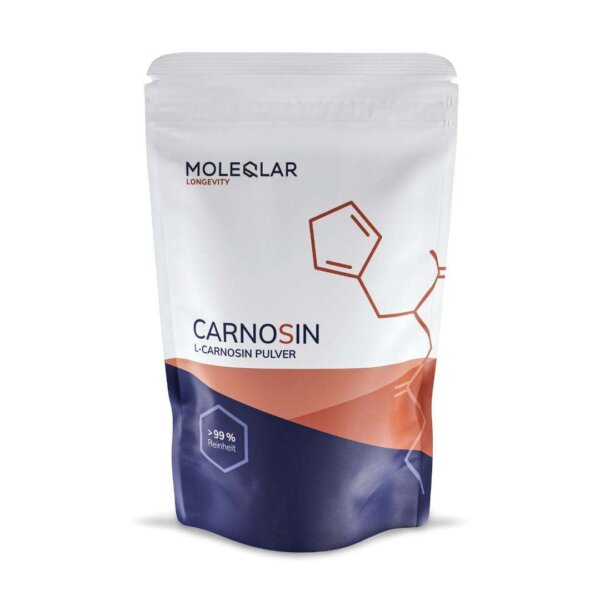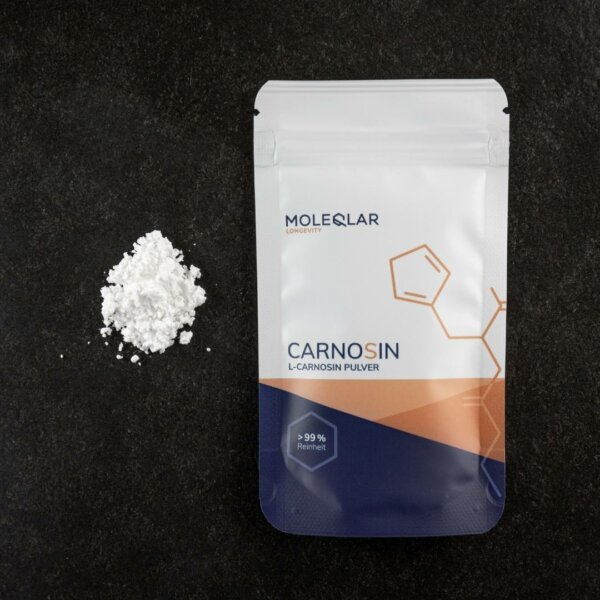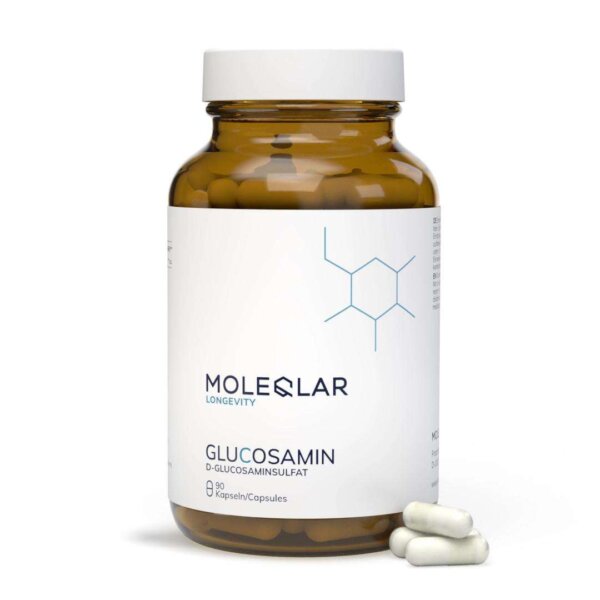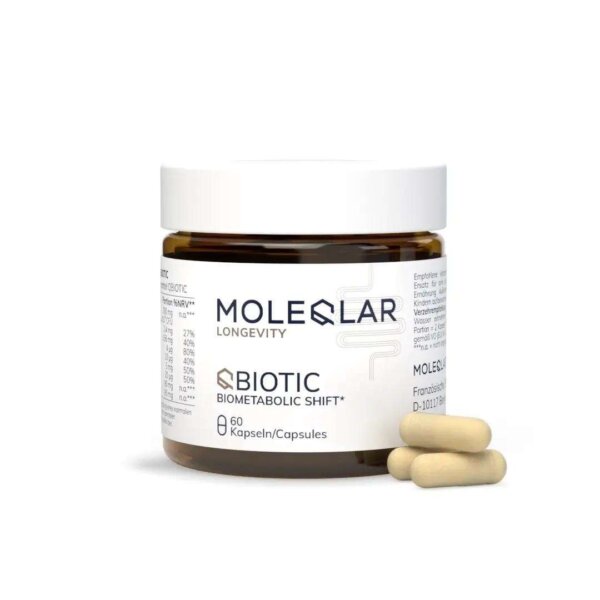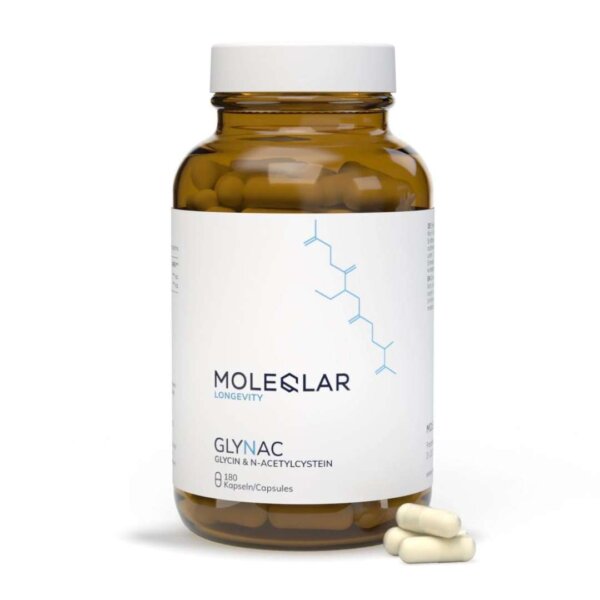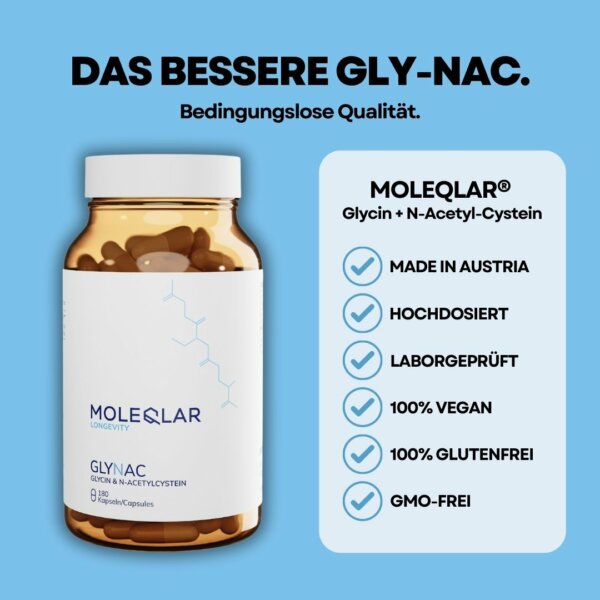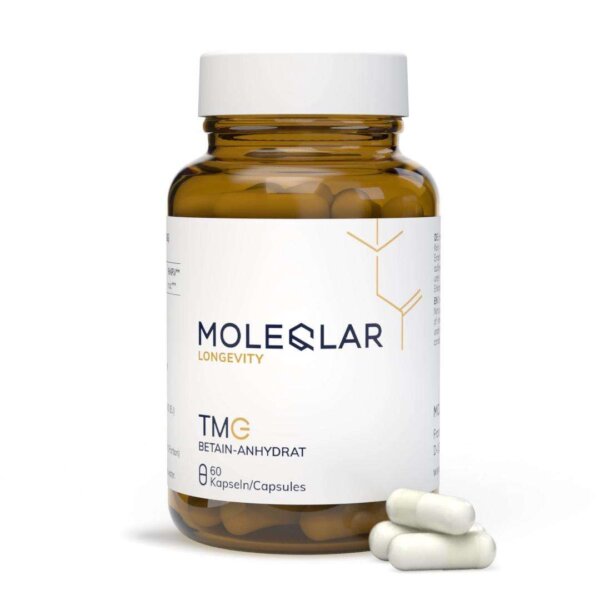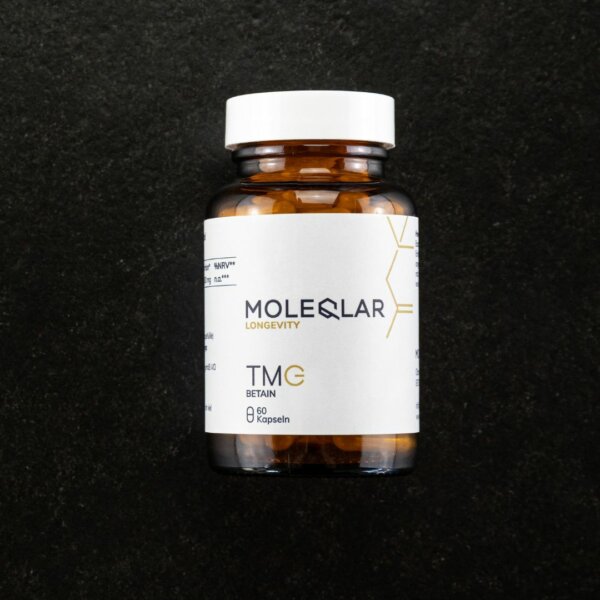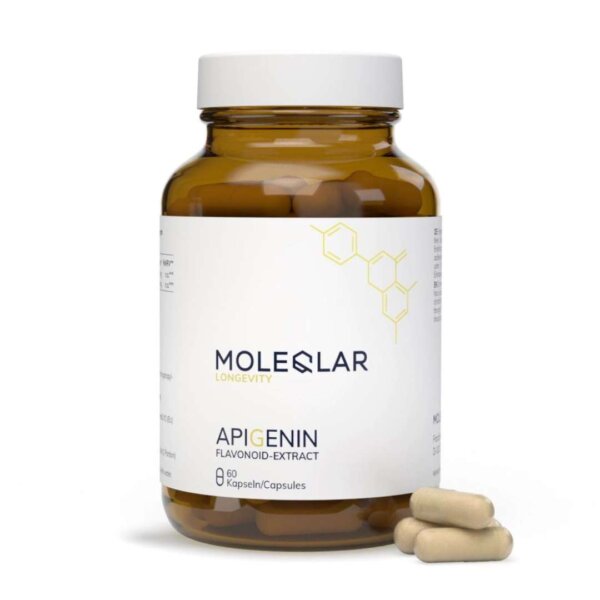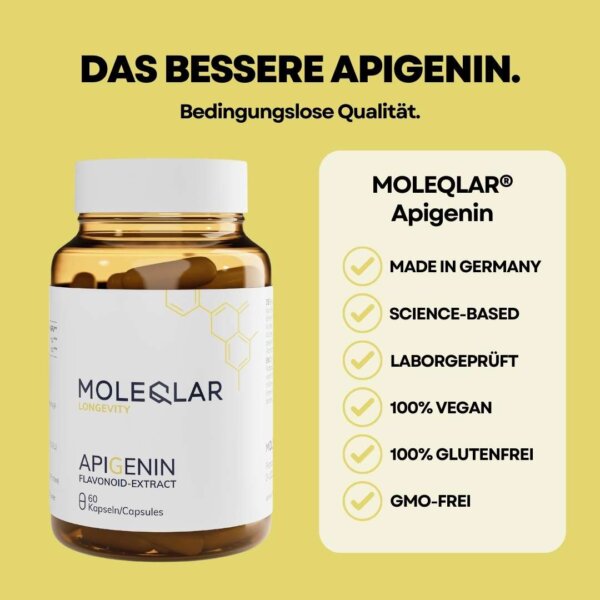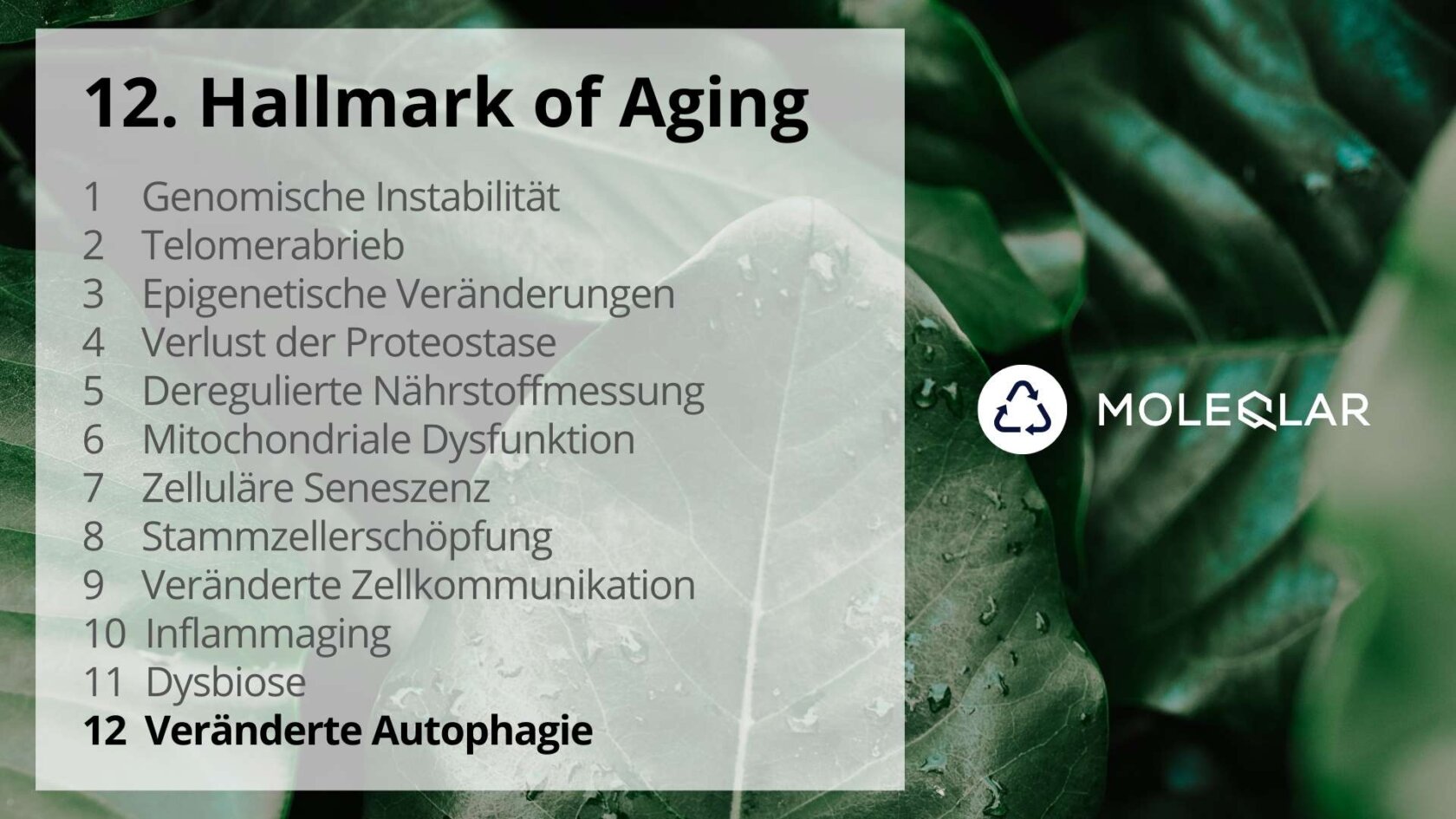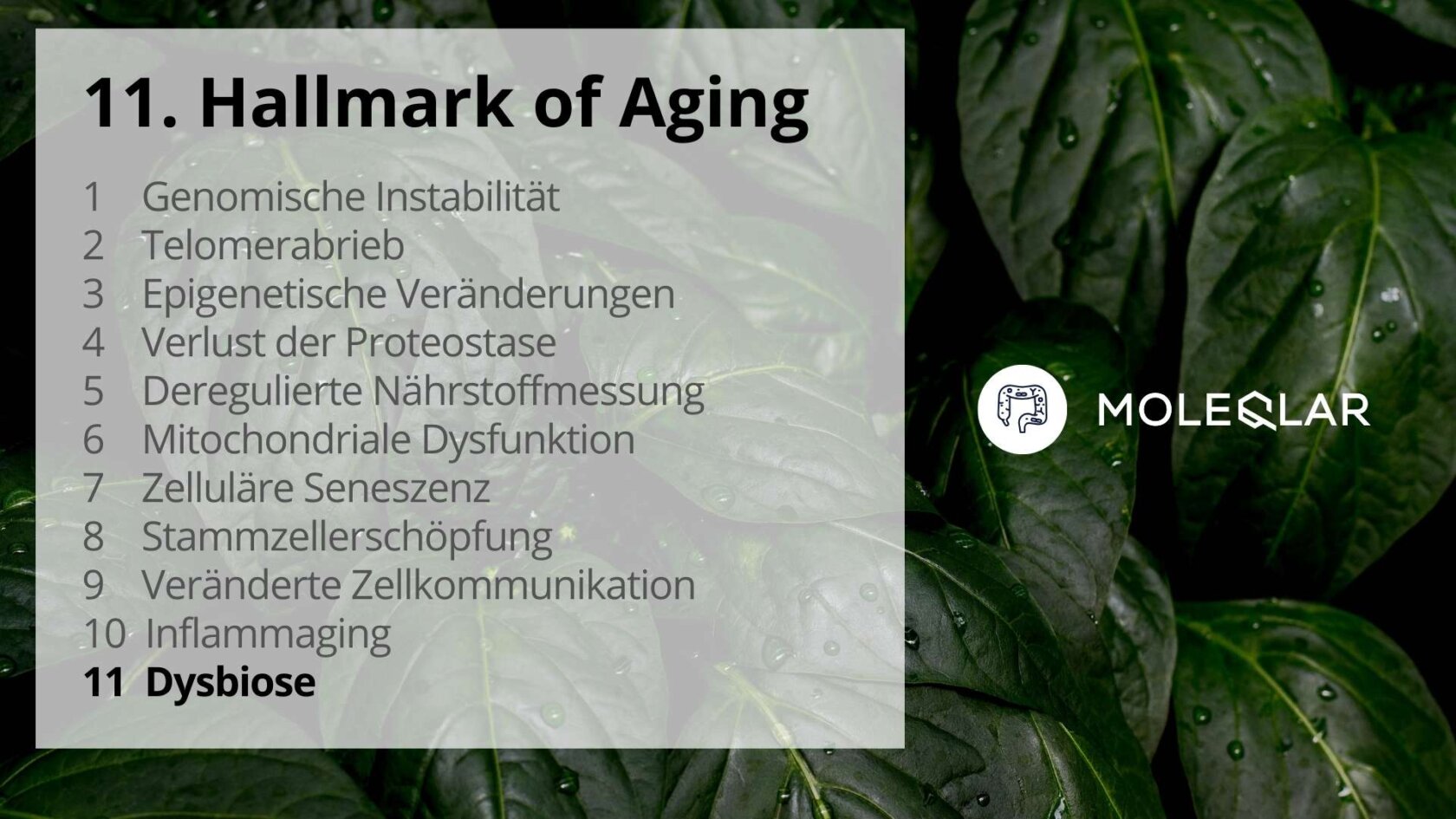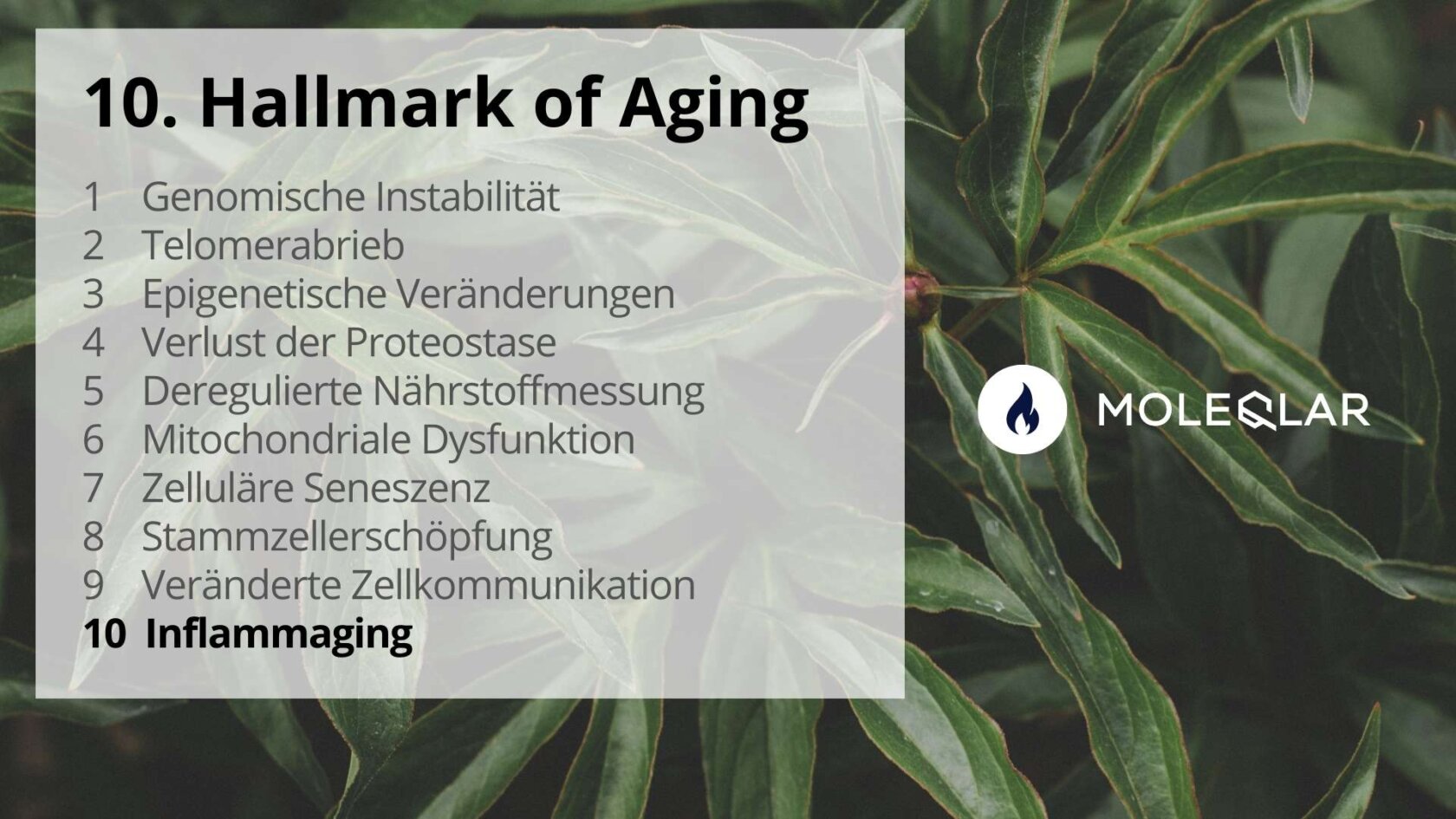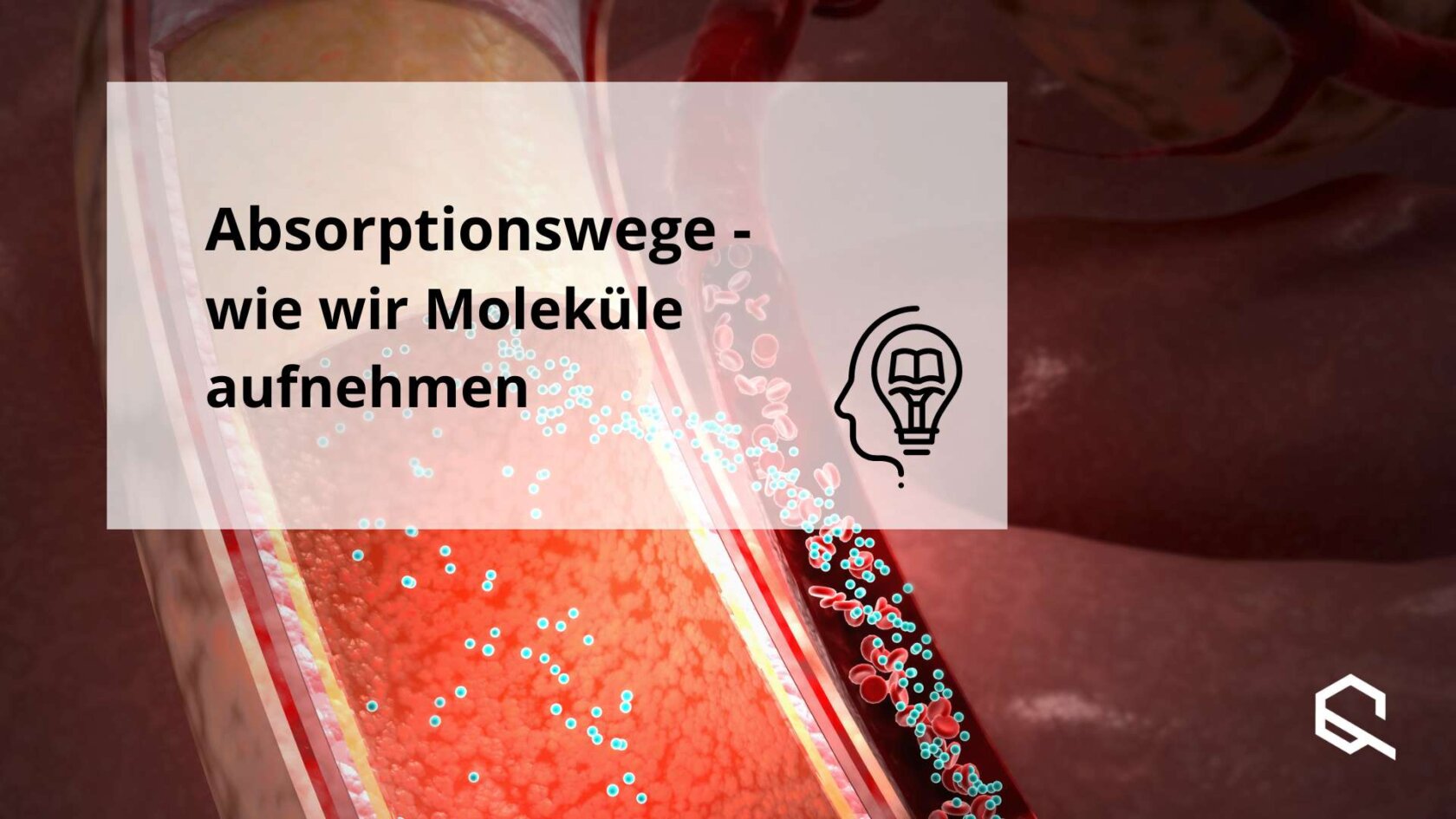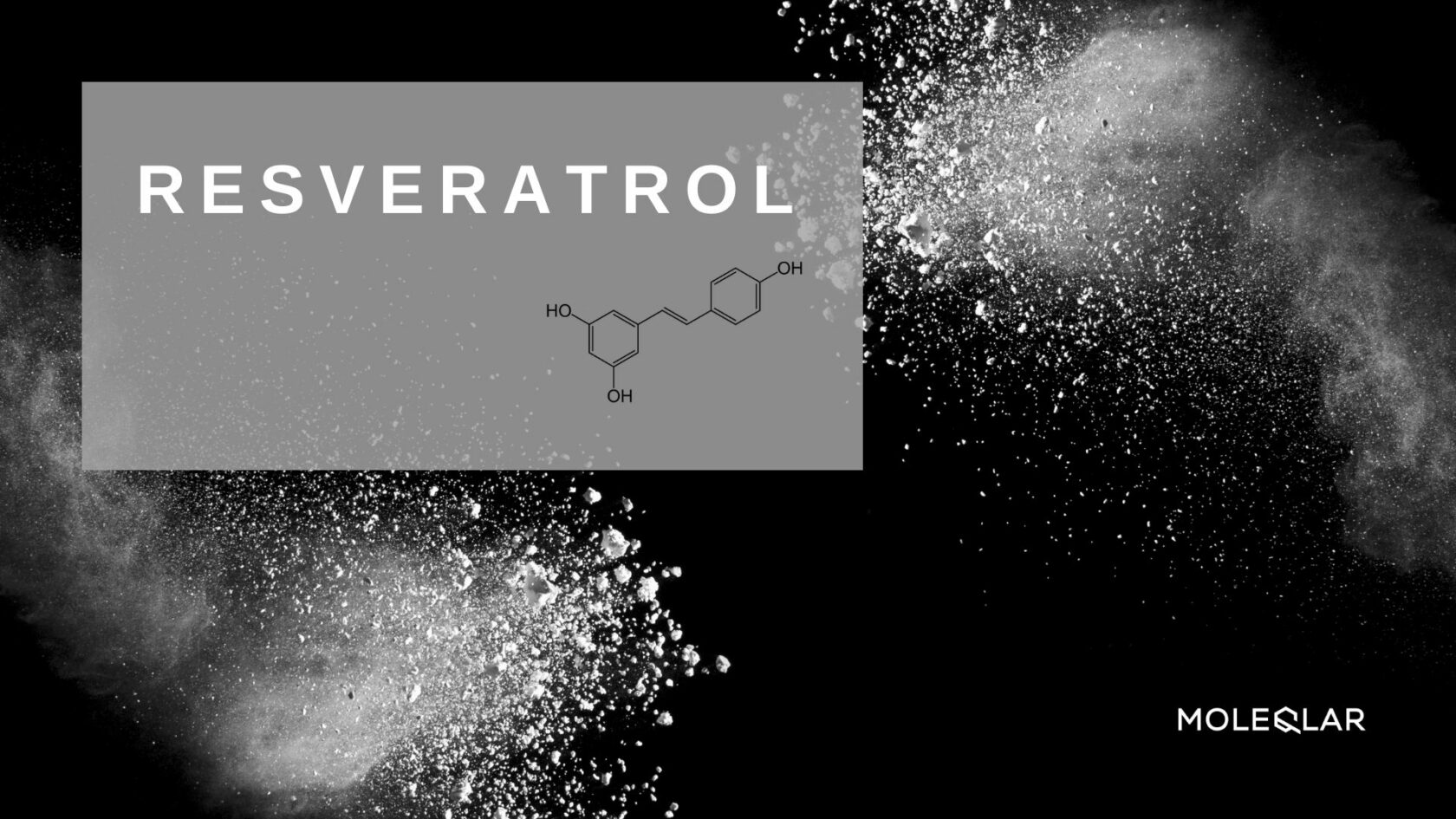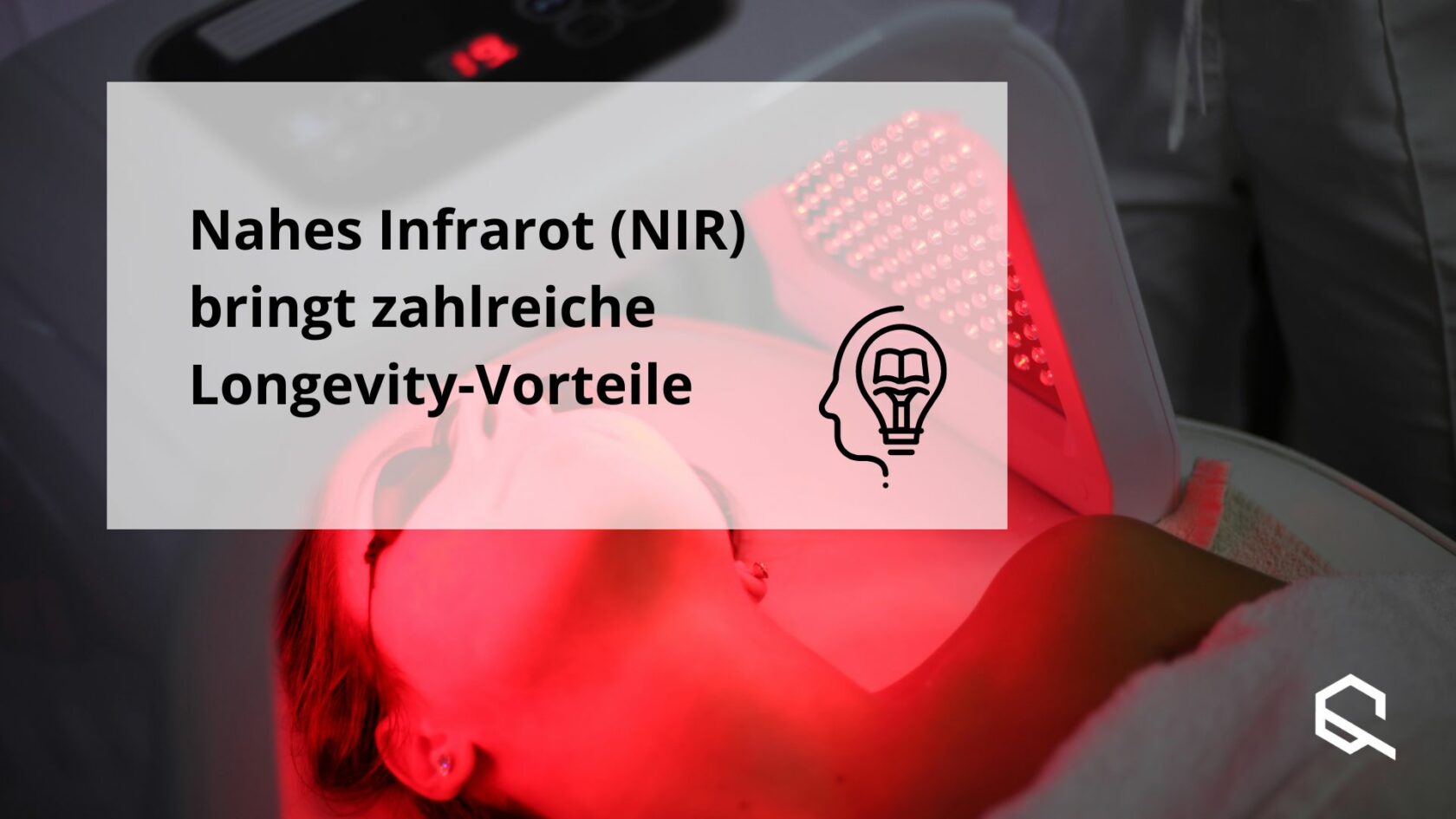Perhaps you heard about telomeres in biology class? They are like the protective caps on shoelaces and help DNA to keep its shape. The exciting thing is that these protective caps are constantly being broken down and rebuilt. Australian researcher Elisabeth Blackburn was awarded the Nobel Prize for her discovery of this mechanism and telomere attrition was included in the repertoire of 12 molecular mechanisms that we call Hallmarks of Aging.
The first characteristic we have already learned about is genomic instability. This accumulation of DNA damage with age seems to influence our genetic information almost at random. Depending on where damage occurs, different conditions arise.
So what do telomeres have to do with ageing? Quite a lot, as it turns out, and we'll show you the details here. But first, let's take you back to biology class and explain the basics.
What is a telomere?
DNA is found in the nucleus of almost every cell in our body. Deoxyribonucleic acid, as it is called in full, is viewed in simplified terms as a book in which the genetic information is written down. However, one book is not enough for this analogy - our DNA is in fact an entire library. In healthy people, this library comprises 23 books - the so-called chromosomes.
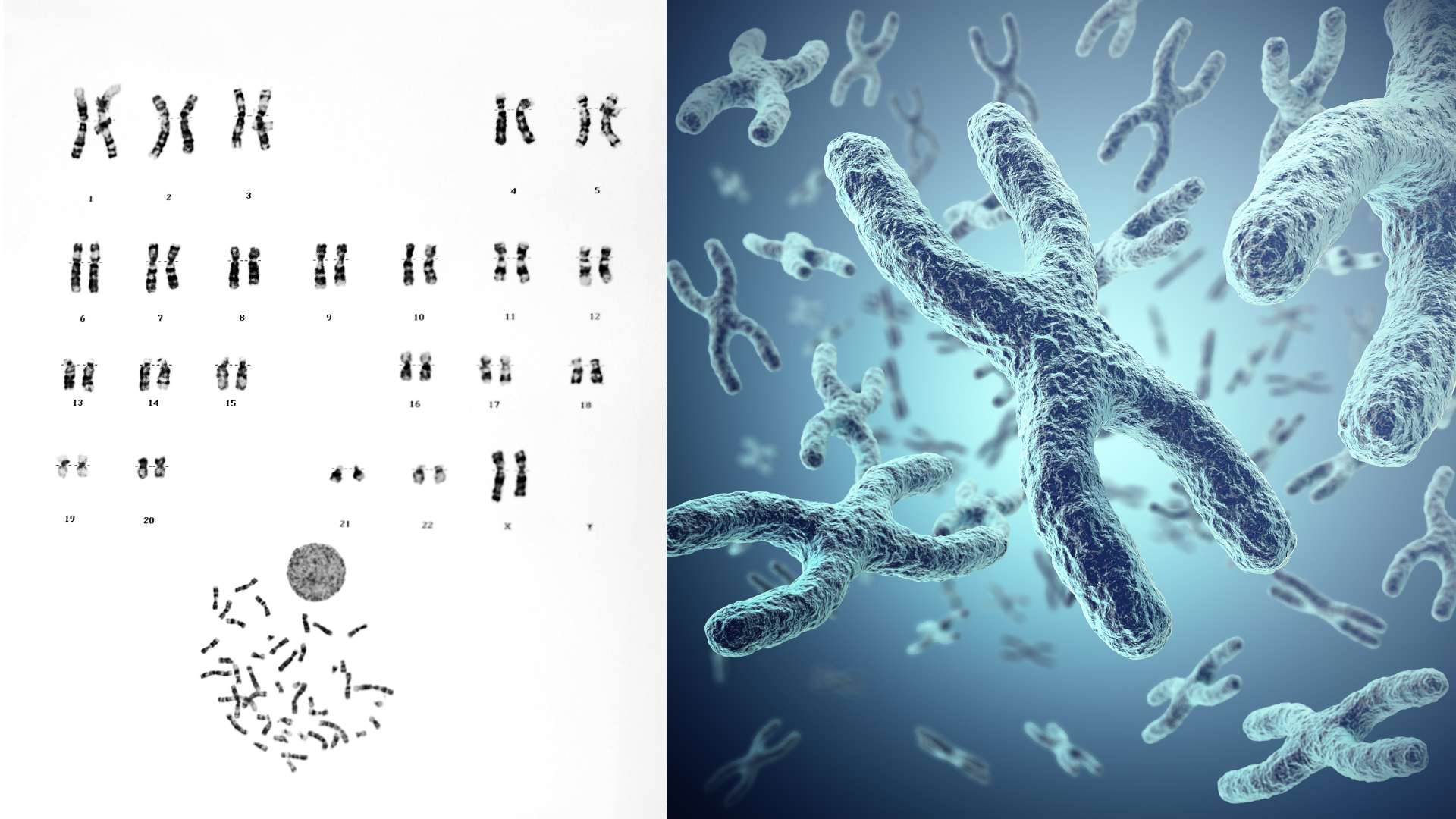
Telomere attrition - saving the best for last
The last chapter of these books is special and is called the telomere. No more information for proteins is coded or stored here, but the telomeres act as a degradation protection for the DNA. Every time the DNA is duplicated during cell division, the telomeres shorten. The reason for this is very complex and would go beyond the scope of this article. What is important is that the shortening of telomeres is a normal physiological process that occurs in most cells in all humans.
The following then happens over time: After a certain number of DNA duplications, a threshold is reached and the telomeres are used up. This leads to the cessation of cell function and the inability to divide. Leonard Hayflick discovered this threshold and since then it has been known as the "Hayflick limit".
The depletion of telomeres thus explains the limited ability of cells to divide and therefore also partly the limited regeneration potential of tissues. Incidentally, in Hayflicks' experiment, an average human cell divided around 52 times.
Did you know? Magnesium metabolism plays an important role in telomeres. Magnesium is needed in many places in our body, but is particularly involved in energy production and electron balance. We need both to maintain healthy telomeres. Magnesium supplementation has been shown to increase telomere length in humans. Conversely, other publications have shown that low magnesium levels coupled with high homocysteine levels result in shorter telomeres.
Telomerase as the key to immortality?
But what about the remaining cells that are not affected by this telomere shortening? Well, they have an enzyme called telomerase, which can lengthen the telomeres again. This enzyme practically gives a cell immortality. Aha! So researchers just have to manage to introduce this telomerase into every cell? As always in science, it's not that simple after all, nature has thought of something by not equipping all cells with it.
Let's think back to the first hallmark - genomic instability. A constant drizzle of external and internal influences pours down on our genetic information, threatening the integrity of our DNA. As a result, mutations and DNA changes occur everywhere in our body every second, most of which cannot be completely repaired by the very extensive repair system.
If cells with unrepaired genetic mutations now possessed the enzyme telomerase, the altered cell would be able to continue dividing. The result is an increasingly large pile of completely degenerated cells, better known as cancer - a double-edged sword.

Stem cells - the royal class of cells
Telomerase-privileged cells include stem cells or bone marrow cells, for example, which are usually located in protected areas of the body. In addition, they are protected as well as possible from harmful influences on their DNA by various properties and mechanisms - much better than the majority of other cells. Accordingly, the risk of degeneration is significantly reduced.
Did you know? The discoverer of telomerase, Elisabeth Blackburn, is still working on the subject today. One of her major studies looked at the connection between chronic stress and telomere length. Here she was able to show that chronically stressed people (in her case mothers who were caring for chronically ill children) had shorter telomeres and the activity of telomerase was lower than in the comparison groups.
DNA repair - well meant, badly hit
Our idea of telomeres must now be expanded to include another factor, or better still, another protein. We already know that DNA is not a continuous strand, but is divided into chromosomes, at the end of which are the telomeres. Telomeres are therefore, if you look at it this way, DNA strand breaks - places where the DNA ends.
As we know, our repair system usually recognizes this immediately in its efforts to prevent loose DNA ends and repairs them. Well meant, but in the case of telomeres, badly done. The aforementioned repair must not take place in the case of telomeres under any circumstances, as two chromosomes can be joined together in this way.
If this happens and the cell wants to divide later, harmful "chromosome breaks" occur - the genetic material is distributed unevenly among the daughter cells. Both too much and too little genetic information then impairs cell function.
Shelter - is the name deceptive?
As is so often the case, nature is on hand, because we humans and some other organisms possess shelterin. Shelterin is a complex of six proteins that binds to telomeres and protects them from the repair system ("shelter"). This solves the major problem of chromosome breaks and the impending degeneration of cells for the time being - provided that shelterin is functioning.
However, telomeres are not immune to DNA damage, as we have seen in the context of genomic instability. Since telomeres are invisible to DNA mechanics due to shelterin, actual DNA damage cannot be repaired. This does not sound good at first, as the aforementioned circumstance leads to more and more damage, which can contribute to senescence (intermediate state, a kind of "zombie cell") or cell death over time.
However, DNA damage in the telomere region is not particularly serious, as it is a non-coding region, i.e. no information is read for the construction of proteins.
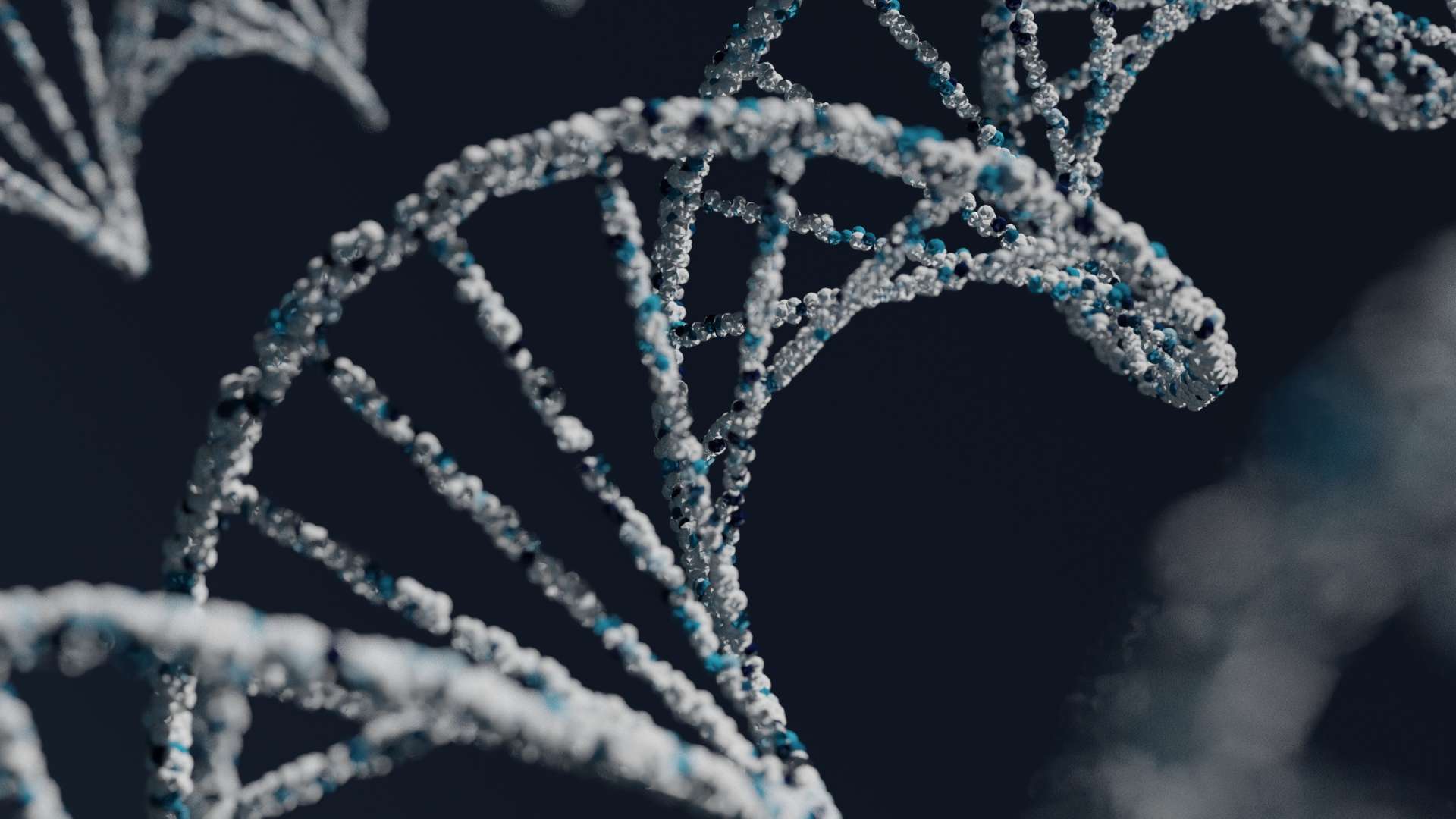
Short telomeres and diseases
Shelterin therefore protects us from the greater evil. The loss of a few cells is a smaller problem than that of degenerated cells and chromosome breaks. If shelterin or parts of it are missing, a rapid decline in regenerative capacity and accelerated ageing has been observed - a phenomenon that occurs even when telomeres are actually of normal length.
In addition to shelterin deficiency, telomerase deficiency also leads to the premature development of diseases. In particular, this includes hardening of the lungs (technical term: pulmonary fibrosis), anemia with a reduction in all blood cells (technical term: aplastic anemia) and a rare skin disease called dyskeratosis congenita.
All three diseases result in the loss of the regenerative capacity of various tissues. In addition, summarized studies have shown a correlation between short telomeres and mortality risk, especially at a young age.
Can we stop telomere attrition?
Initial successes with telomere therapies have already been achieved in mouse experiments. For example, telomerase was successfully genetically reactivated in prematurely aged mice with a telomerase deficiency. Another experiment showed a delay in normal ageing, without an increase in the incidence of cancer, through pharmacological activation.
The next few years and decades will show whether our future in telomere research looks as bright as that of mice. In the meantime, we can take a look at what works safely in humans. How can we lengthen our telomeres?
Did you know? Omega-3 fatty acids are an important part of a healthy diet. They occur in nature mainly in three forms, abbreviated as ALA, DHA and EPA. Scientists have been looking for 6 years at whether there is a connection between the omega-3 index and telomeres. And indeed there was. Patients who consumed little DHA and EPA (and consequently had a low omega-3 index) showed much faster telomere attrition.
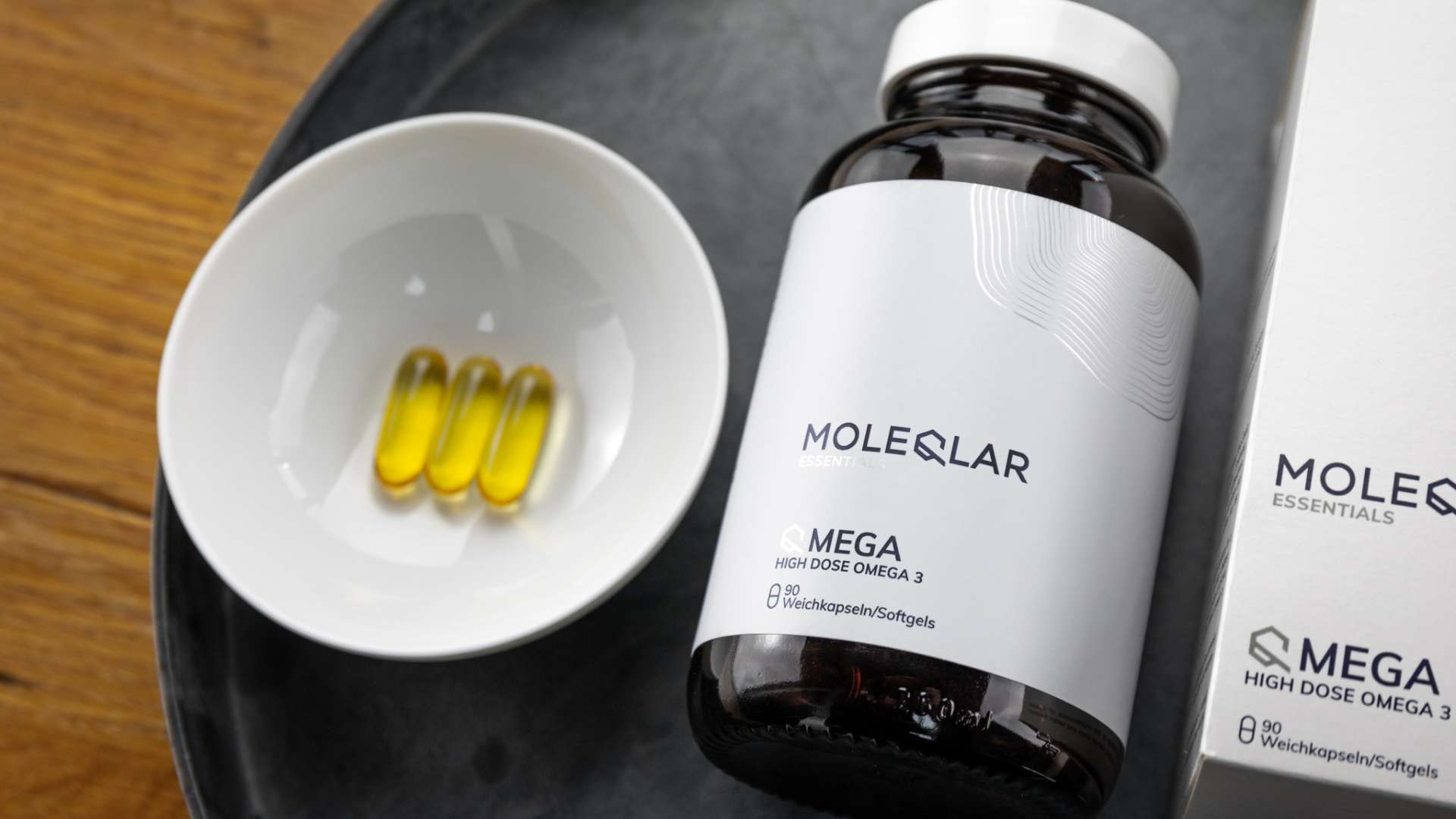
A plant-based diet lengthens telomeres
Some of the publications on telomere research are confusing and contradictory. This is also due to how the studies are structured and which telomeres are measured. The simplest way is to measure the telomere length of leukocytes (white blood cells). But this may not always be the best measurement method.
To understand the influence of nutrition, we need to look at the bigger picture. In the context of genomic instability, we have already seen that our DNA is constantly exposed to oxidative stress. A little of this is beneficial, too much seems to accelerate ageing. A plant-rich diet, rich in phytochemicals, seems to promote this balance and therefore indirectly contributes to longer telomeres.
Sirtuins and telomeres - two partners for longevity
If we take a closer look at the molecular connections between telomeres and secondary plant substances, we come across the sirtuins. Sirtuins are also often described as longevity genes, as Sirt-1 and Sirt-6 in particular are associated with better health.
Sirtuins can be activated particularly effectively by fasting, but some secondary plant substances such as resveratrol are also potent sirt activators. High sirtuin levels help to protect our DNA from damage, support the telomeres and have an effect on epigenetics.
Conclusion on telomere attrition
Telomeres play an important role in the ageing process. For a while, telomeres were even the "stars" of ageing research. It was believed that you simply had to lengthen them in order to live forever. But it's not quite as simple as that and despite a few setbacks, we now know a lot more about this important structure in our cells, thanks in part to Elisabeth Blackburn. As part of the Hallmarks of Aging, they are a building block on our way to slowing down ageing.
The next article in this series deals with the third hallmark of ageing: epigenetic changes.
Literature
- Blackburn, Elizabeth H et al. "Human telomere biology: A contributory and interactive factor in aging, disease risks, and protection." Science (New York, N.Y.) vol. 350,6265 (2015): 1193-8. link
- Epel, Elissa S et al. "Accelerated telomere shortening in response to life stress." Proceedings of the National Academy of Sciences of the United States of America vol. 101,49 (2004): 17312-5. link
- López-Otín, Carlos et al. "Hallmarks of aging: An expanding universe." Cell vol. 186.2 (2023): 243-278. link
- Crous-Bou, Marta et al. "Plant-Rich Dietary Patterns, Plant Foods and Nutrients, and Telomere Length." Advances in nutrition (Bethesda, Md.) vol. 10,Suppl_4 (2019): S296-S303. Link
- Gampawar, Piyush et al. "Telomere length and brain aging: A systematic review and meta-analysis." Ageing research reviews vol. 80 (2022): 101679. link
- Daios, Stylianos et al. "Telomere Length as a Marker of Biological Aging: A Critical Review of Recent Literature." Current medicinal chemistry vol. 29,34 (2022): 5478-5495. link
- Farzaneh-Far, Ramin et al. "Association of marine omega-3 fatty acid levels with telomeric aging in patients with coronary heart disease." JAMA vol. 303.3 (2010): 250-7. link
- Li, Yi-Rong et al. "Effect of resveratrol and pterostilbene on aging and longevity." BioFactors (Oxford, England) vol. 44,1 (2018): 69-82. link
- Lee, Shin-Hae et al. "Sirtuin signaling in cellular senescence and aging." BMB reports vol. 52,1 (2019): 24-34. doi:10.5483/BMBRep.2019.52.1.290 Link
- Maguire, Donogh et al. "Telomere Homeostasis: Interplay with Magnesium." International journal of molecular sciences vol. 19,1 157. 5 Jan. 2018, Link
Graphics
The images were purchased under licence from Canva.



